
The tomb of the two founders of Vietnam's goldsmithing profession is located at alley 175 Phan Boi Chau street, Truong An ward, Hue city, Thua Thien Hue province.
This is the resting place of Cao Dinh Do (1744-1810) - the first patriarch and Cao Dinh Huong (?-1870) - the second patriarch of the goldsmith profession.
This mausoleum was recognized as a national cultural relic by the Ministry of Culture, Sports and Tourism in 1990.


Looking from the front, the tomb of the First Patriarch Cao Dinh Do is located on the left side of the mausoleum, including 4 pillars in front, 2 round walls, front and back screens, stele house, altar and the tomb in the center.
The tomb of the Second Patriarch Cao Dinh Huong is located on the right side from the outside looking in.
The two tombs are 100m apart and are oriented East, West, South, North according to the ancient compass. The architectural art of the two ancestral tombs is relatively similar in the style of internal public, external public , this is the typical cultural architecture of the Nguyen Dynasty.



Artisans use pieces of porcelain and glass to create decorative motifs for tombs.
The tombs of the two founders of the profession were built by goldsmiths to honor and remember their contributions in spreading the goldsmith profession in Hue and throughout the three regions of the country.

The church was built in 2015 in the typical Hue house architecture. The yard, garden, and gate system were also renovated and restored to be more spacious and beautiful.
Ms. Le Thi Thuan (60 years old), the caretaker of the tomb of the two founders of the goldsmith profession, said that before this place only had 2 graves and an empty plot of land. Her family had time to use it to grow vegetables.
After the tomb was restored and embellished, Ms. Thuan was hired to guard and open the door to welcome visitors.

Inside the worship space of the two founders of the goldsmith profession in Hue.
According to Ms. Thuan, every year, the ceremony to commemorate the founder of the Vietnamese goldsmithing profession takes place on the 7th day of the 2nd lunar month. The ceremony is held on a large scale, gathering many people in the goldsmithing industry, not only in Hue but also from provinces and cities across the country.

In recent years, the activity of worshiping the ancestors of hundreds of professions, including goldsmithing, has become a special activity of the Hue Traditional Craft Festival, attracting the attention of many people and tourists.

In addition to the mausoleum in Truong An ward, there is also the Kim Hoan family temple located at 7 Ong Pagoda, Phu Cat ward (Hue city). The building is also recognized as a national cultural relic and still preserves many royal decrees of the Nguyen Dynasty for the two founders of the profession.

In Ke Mon village, Dien Mon commune (Phong Dien district, Thua Thien Hue province), there are also works related to the goldsmith profession.
According to historical records, after leaving his hometown Thanh Hoa for Thuan Hoa, Mr. Cao Dinh Do's family chose Ke Mon as a place to settle down and pass on their profession. Here, the first founder of the goldsmith profession not only taught his own children but also taught a number of students from the Huynh Cong and Tran Manh families.
Later, the Huynh and Tran families continued to pass on the craft to their descendants. This practice turned Ke Mon village into one of the largest goldsmith villages in Dang Trong.
According to historical documents, the First Patriarch Cao Dinh Do was born in the year of Giap Thin (1744), in Cam Tu, Cam Thuy district, Thanh Hoa province. Born into a peasant family, he was very studious during his youth and was taught Confucian education. When he grew up, he worked as a coppersmith (that is, soldering broken trays, covering broken bowls, etc.), then studied gold and silver carving with Chinese goldsmiths in Thang Long (Hanoi).
With his intelligence and quick wit, his skills became increasingly proficient and reached a sophisticated technical level, enough to compete with other Chinese goldsmiths in Thang Long at that time.
In the year of Quy Mao (1783), Mr. Cao Dinh Do took his wife and children to the south and stopped to settle down in Ke Mon village (now Dien Mon commune, Phong Dien district, Thua Thien Hue province).
In 1790, King Quang Trung summoned him and his father, along with a number of silversmiths from Ke Mon village, to the court to establish the Silver Statue Guards, which specialized in researching the art of sculpture, gold and silver carving, and royal jewelry. In recognition of his great contributions and merits, he was appointed by the court as Commander, with Cao Dinh Huong as his deputy.
When Nguyen Anh recaptured Thuan Hoa - Phu Xuan land, established the Nguyen dynasty, and took the reign name Gia Long in 1802, the father and son Cao Dinh Do and Cao Dinh Huong as well as the group of craftsmen from Ke Mon village were still respected by King Gia Long, given salaries and kept their old titles to continue to preserve and develop the goldsmith profession in the capital.
On February 27, Canh Ngo year (February 28, 1810), Mr. Cao Dinh Do passed away at the age of 66. The king and the court posthumously granted him the title: "First Patriarch", and granted him land to build a mausoleum like other high-ranking mandarins in Truong Coi hamlet (now Truong An ward, Hue city).
On the 7th day of the 2nd lunar month (February 8, 1821), Mr. Cao Dinh Huong passed away at the age of 48. He was given the title "Second Patriarch" by King Minh Mang. His grave was buried next to his ancestor's grave in Truong Coi hamlet.
Nearly 100 years after their death, during the reign of Khai Dinh in the 9th year (1924), on the occasion of the Tu Tuan Dai Khanh Tiet festival, considering their great contributions in spreading the goldsmith profession, the king issued an edict to confer the title: "Duc bao Trung Hung Linh Pho chi than" on July 25, 1924. During the reign of King Bao Dai in the 13th year (1938), the two men continued to be conferred the title of people who had contributed to the establishment of the Vietnamese goldsmith profession and the mausoleum was constructed and restored to achieve high artistic value.
Dantri.com.vn
Source: https://dantri.com.vn/du-lich/khu-lang-mo-cua-2-cha-con-vi-to-su-nghe-kim-hoan-viet-nam-20240901123629436.htm



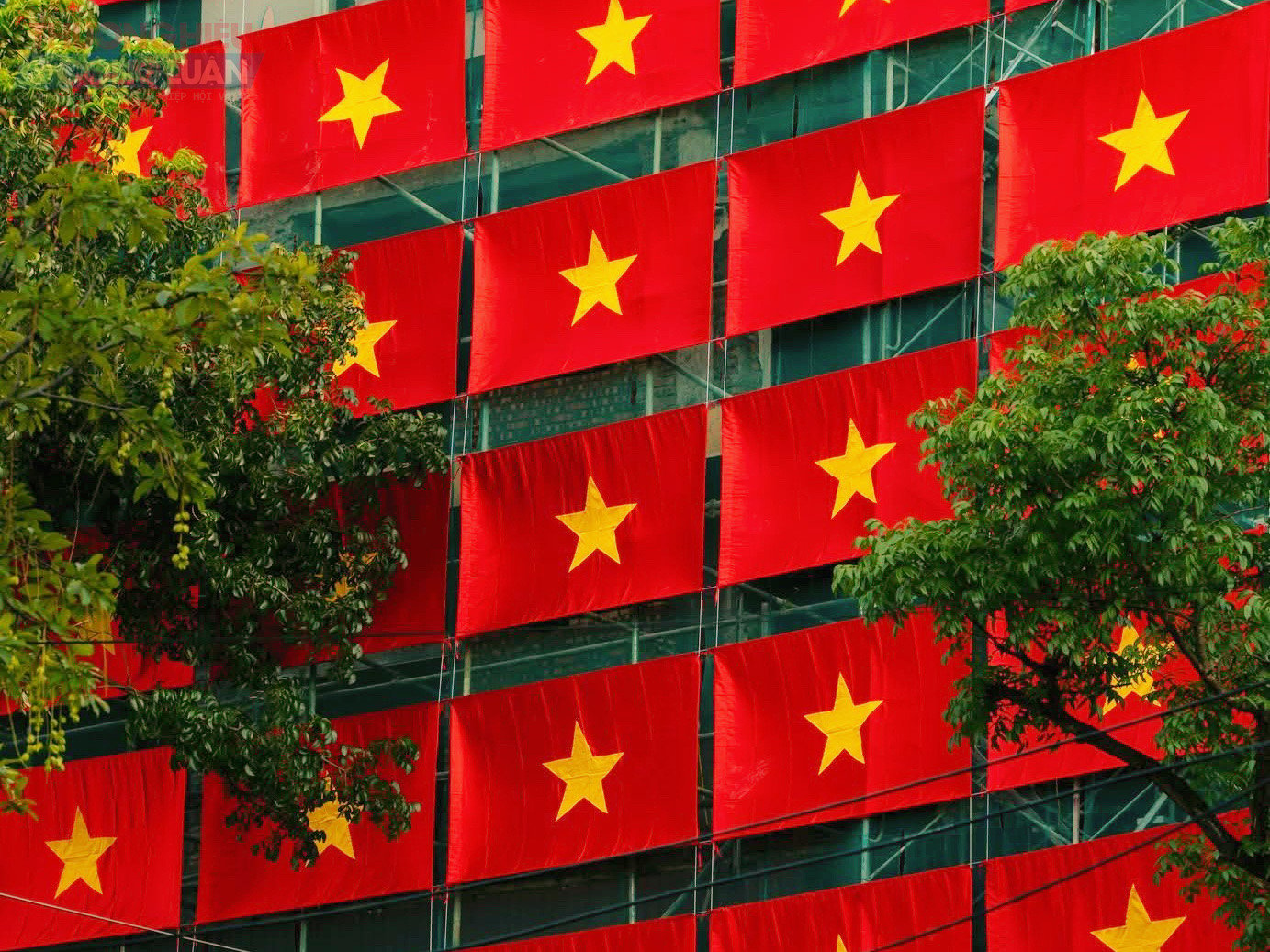
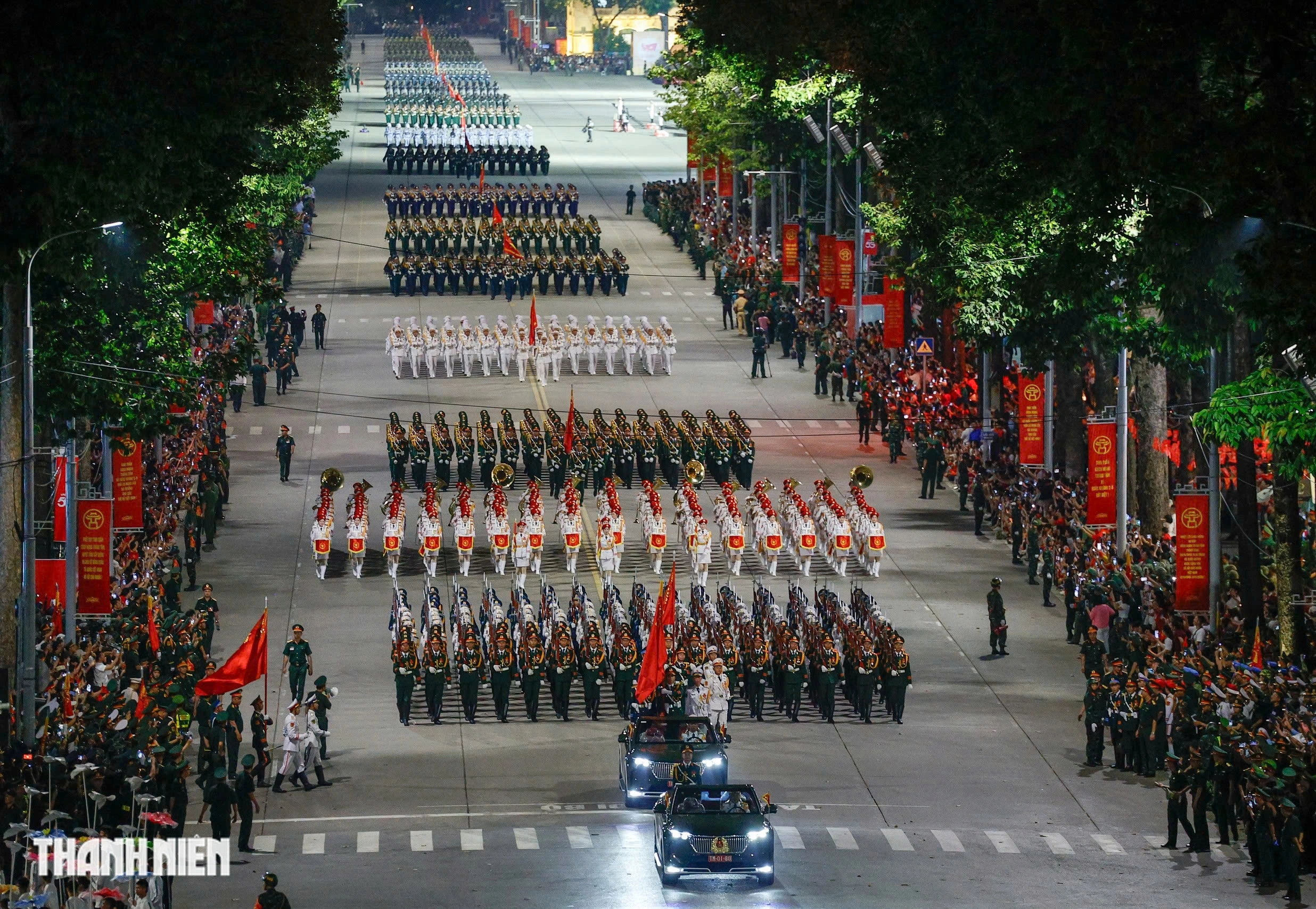
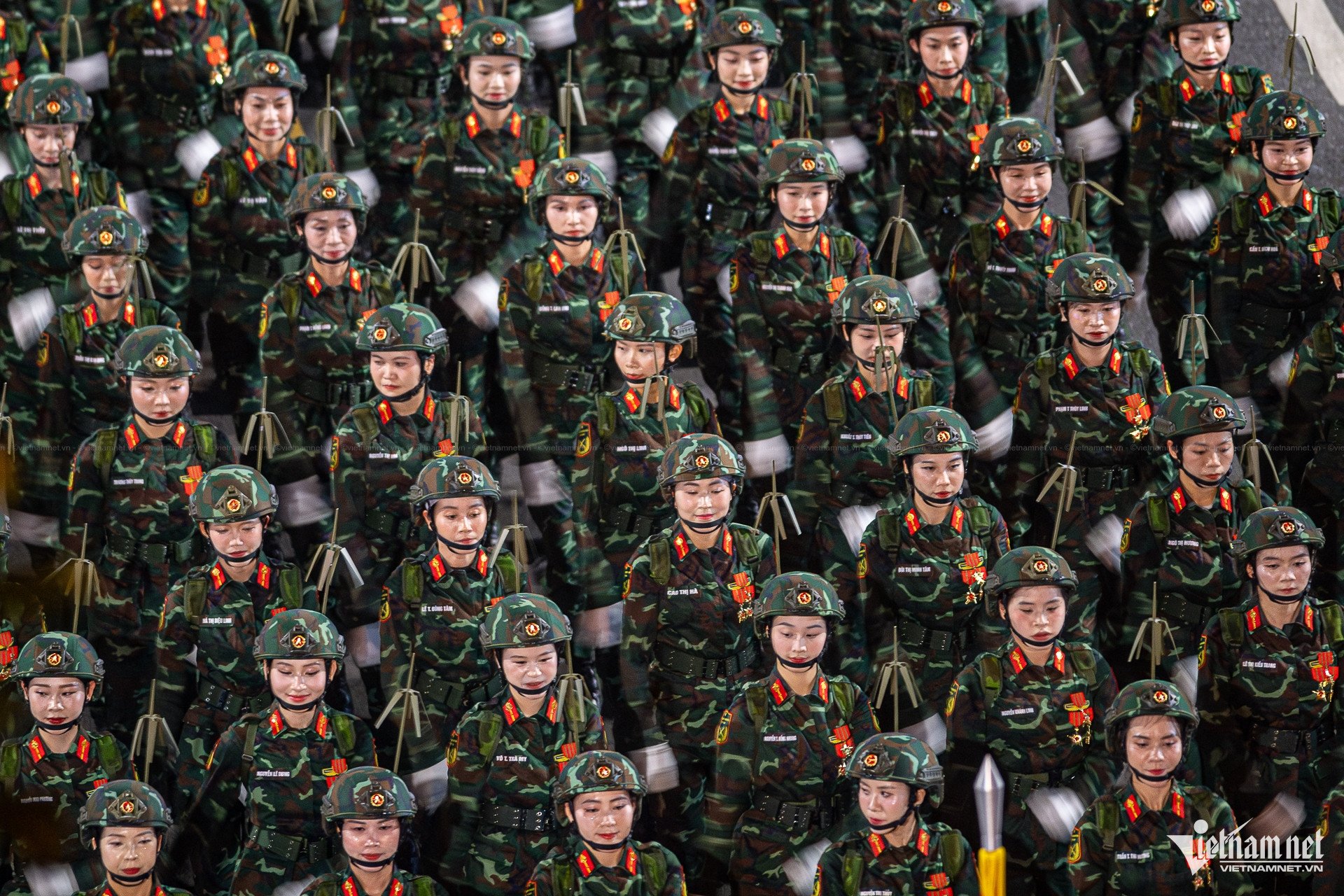
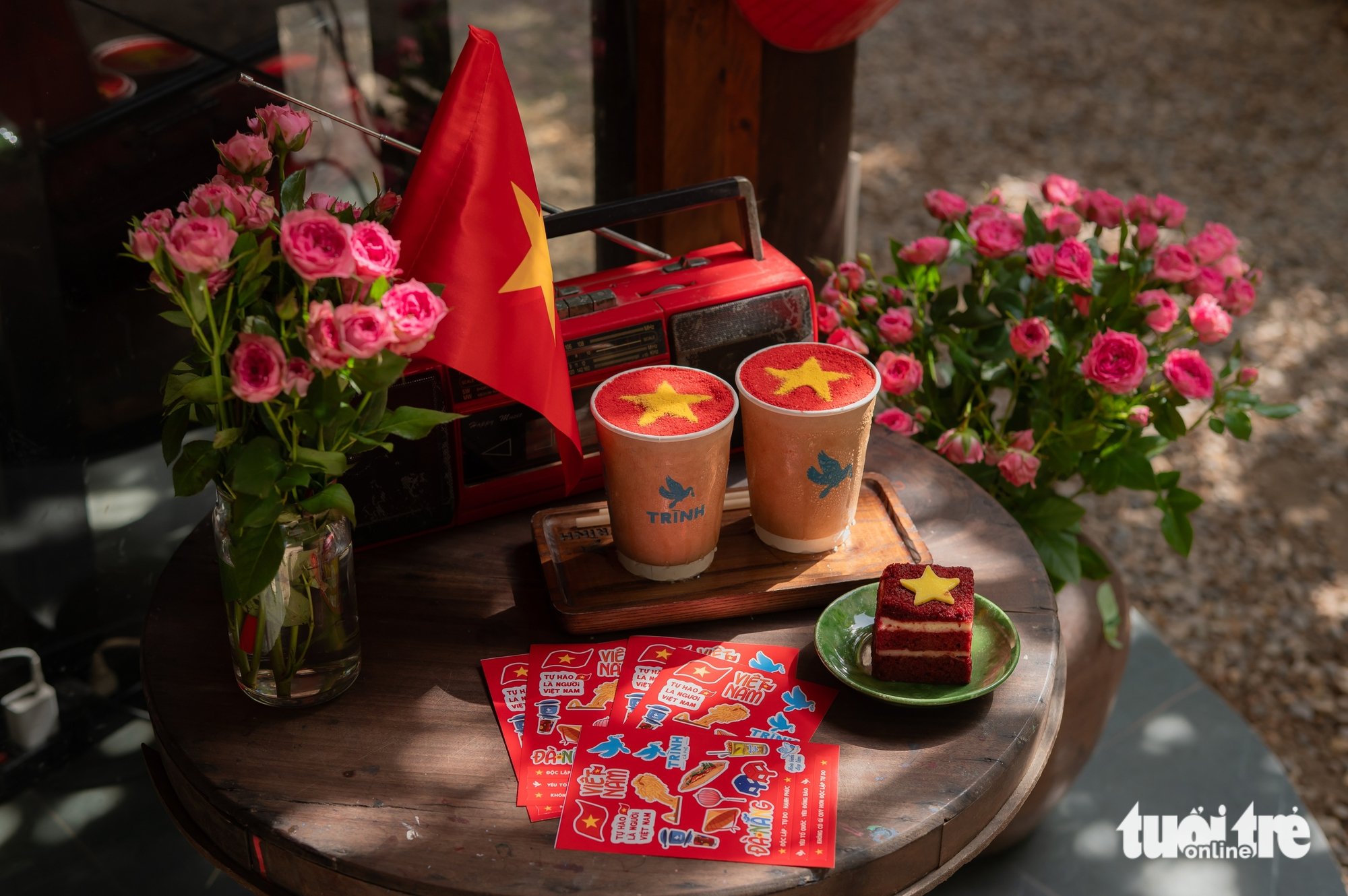
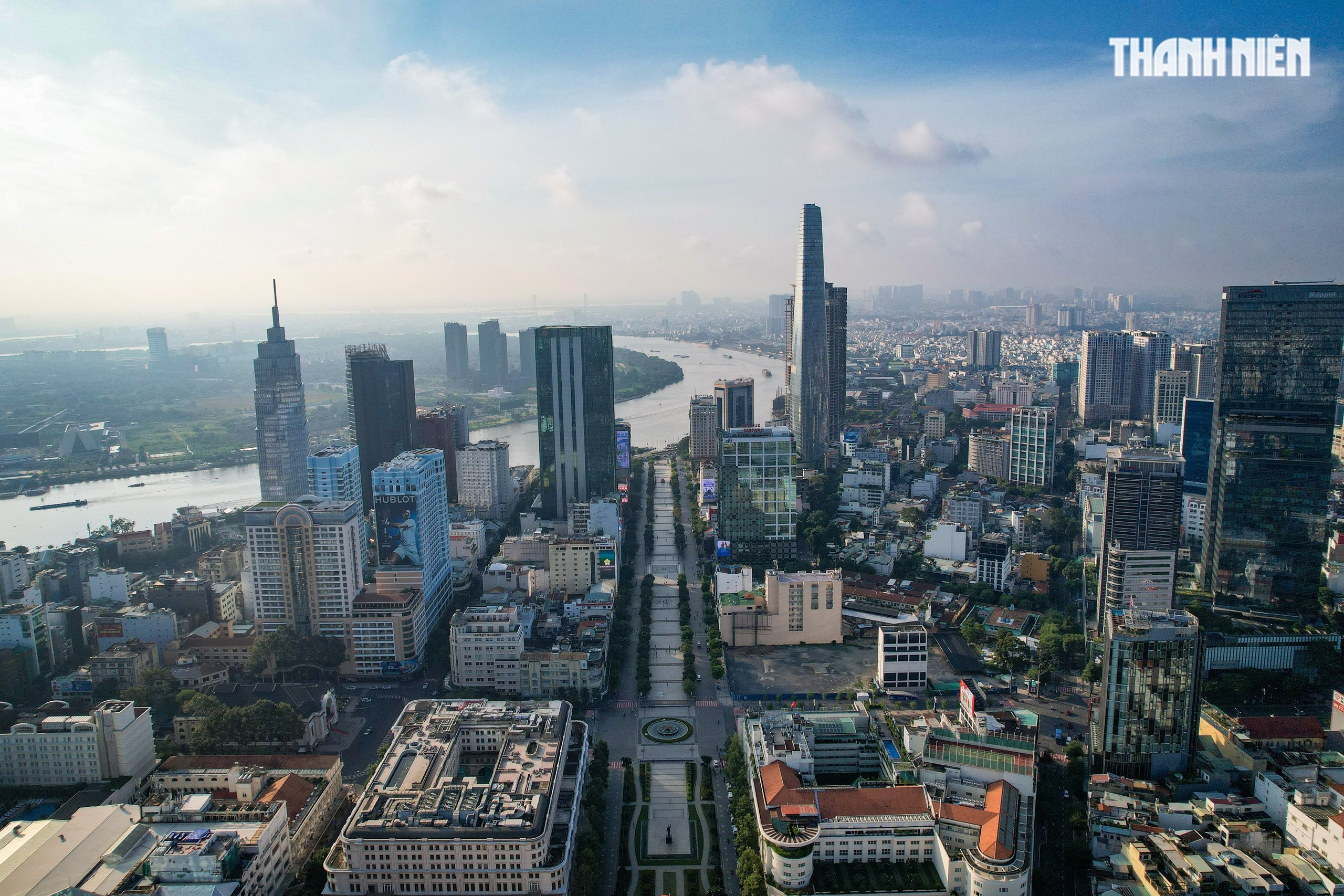
![[Photo] General Secretary To Lam attends the 80th anniversary of Vietnam's diplomacy](https://vstatic.vietnam.vn/vietnam/resource/IMAGE/2025/8/25/3dc715efdbf74937b6fe8072bac5cb30)
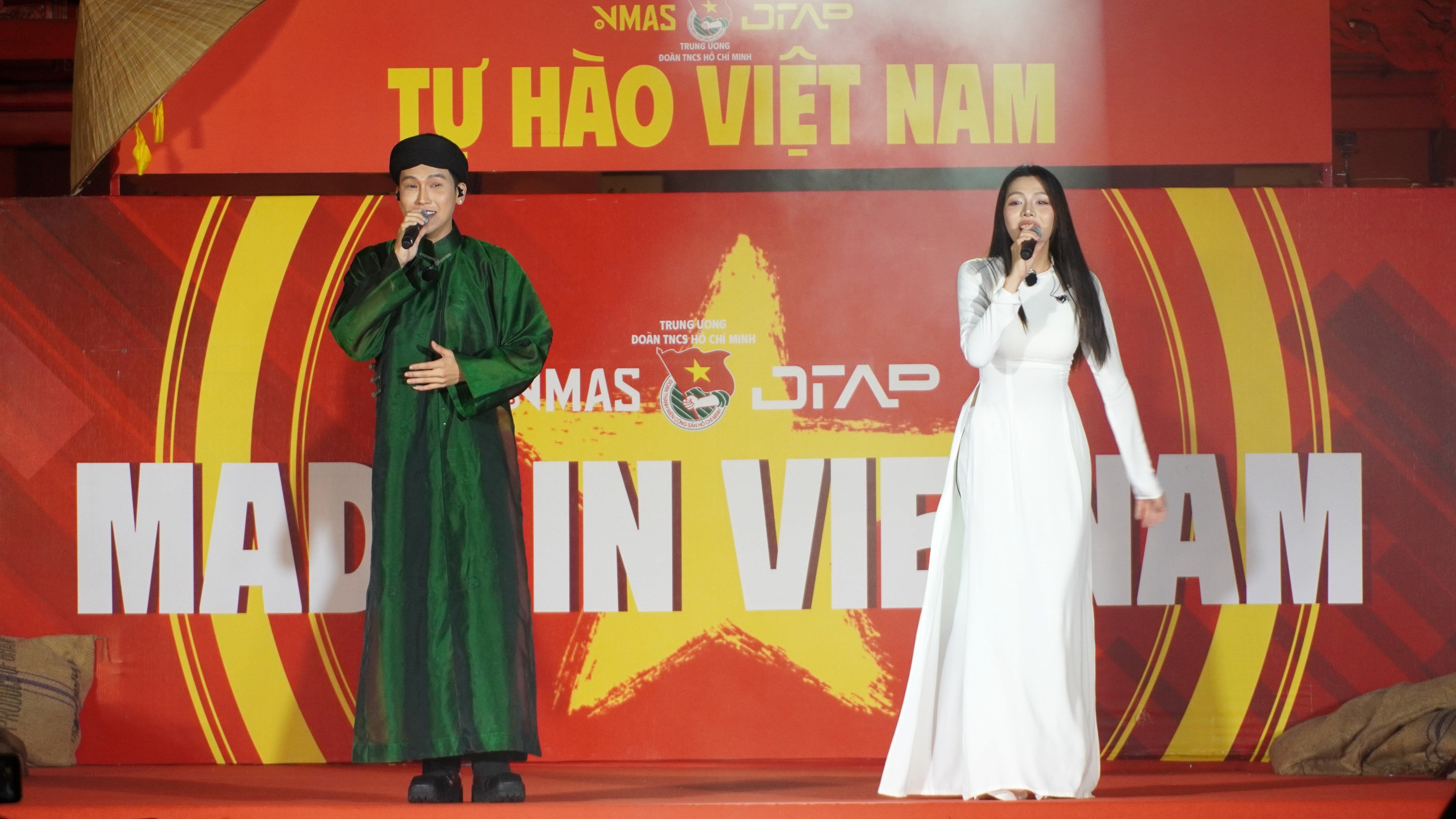

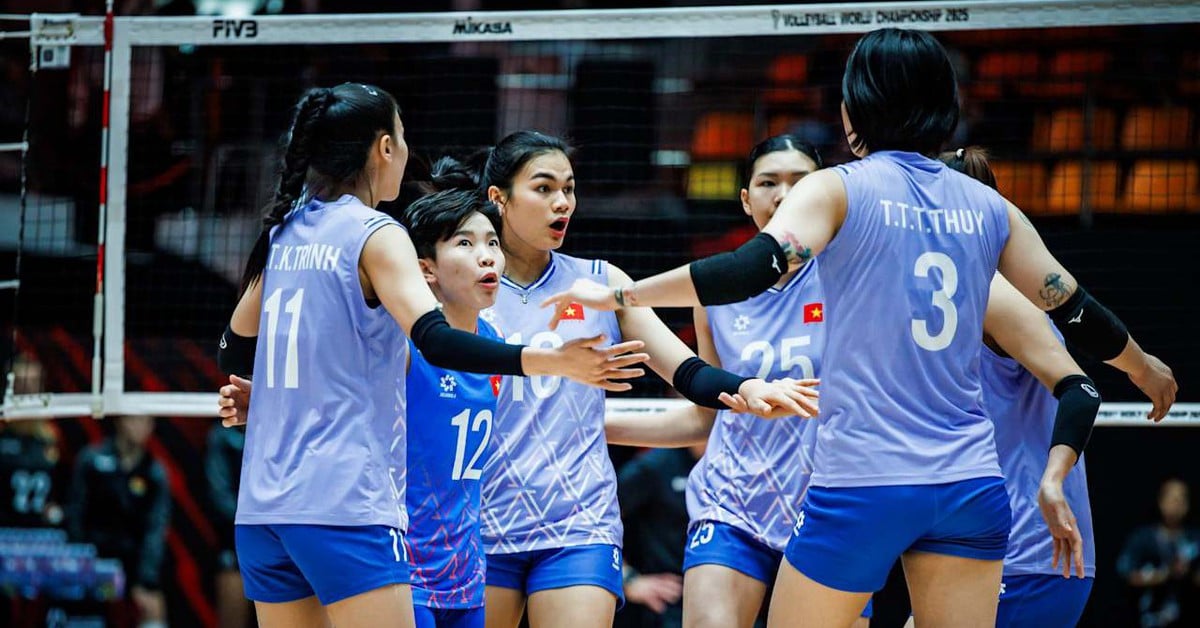





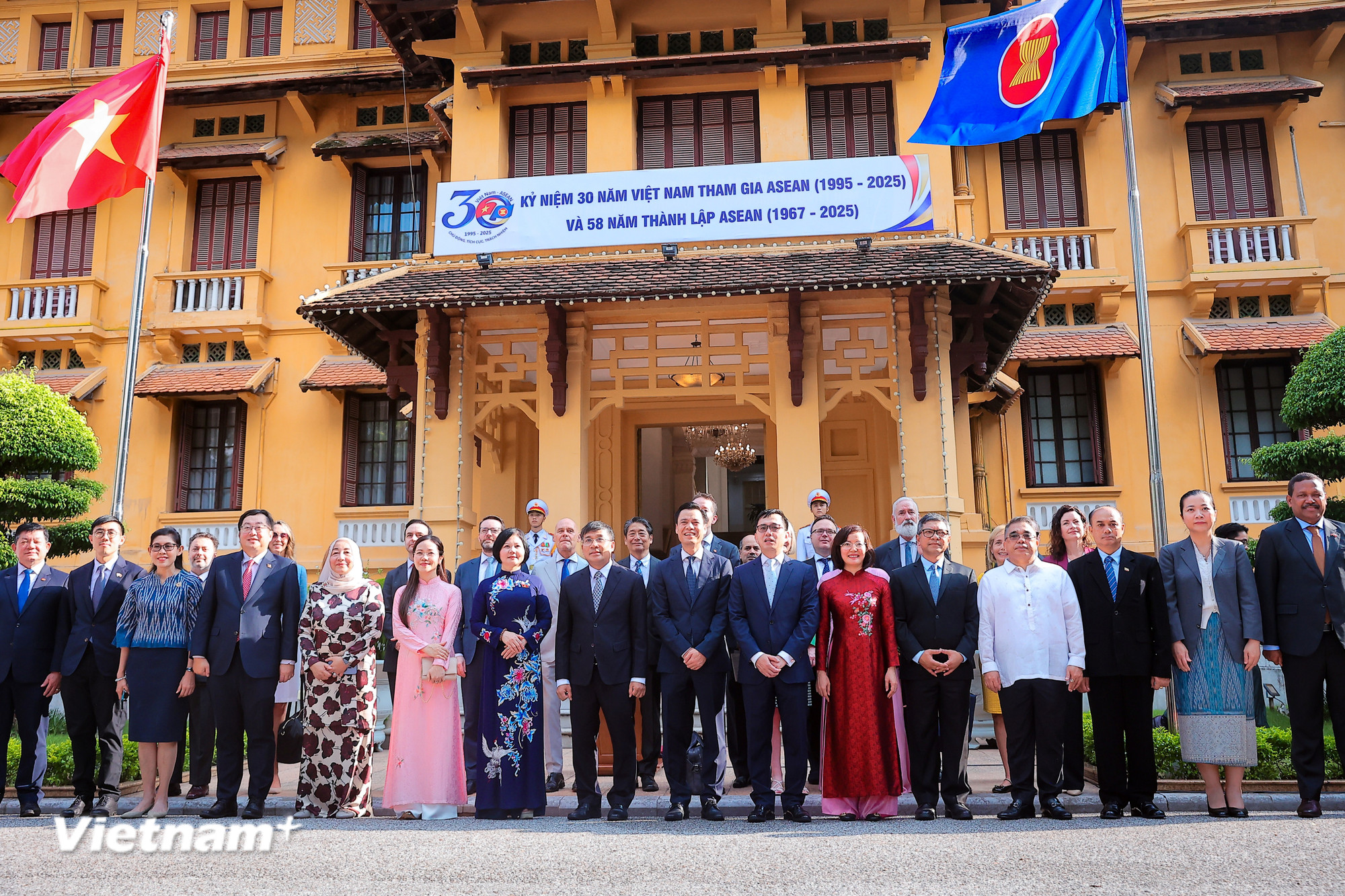
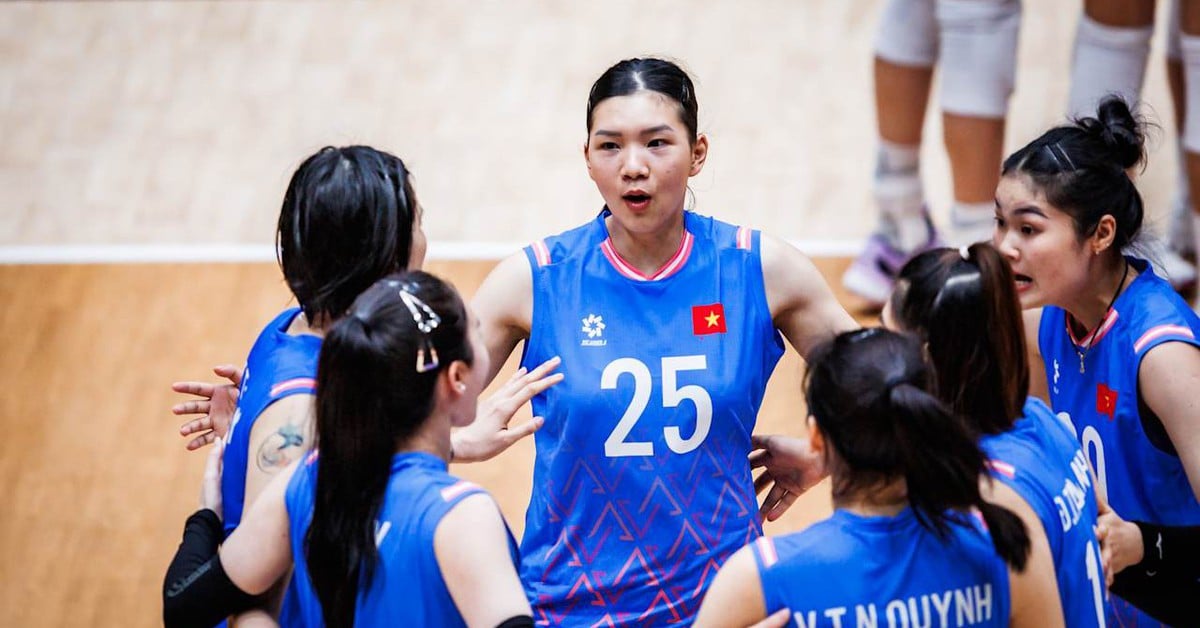

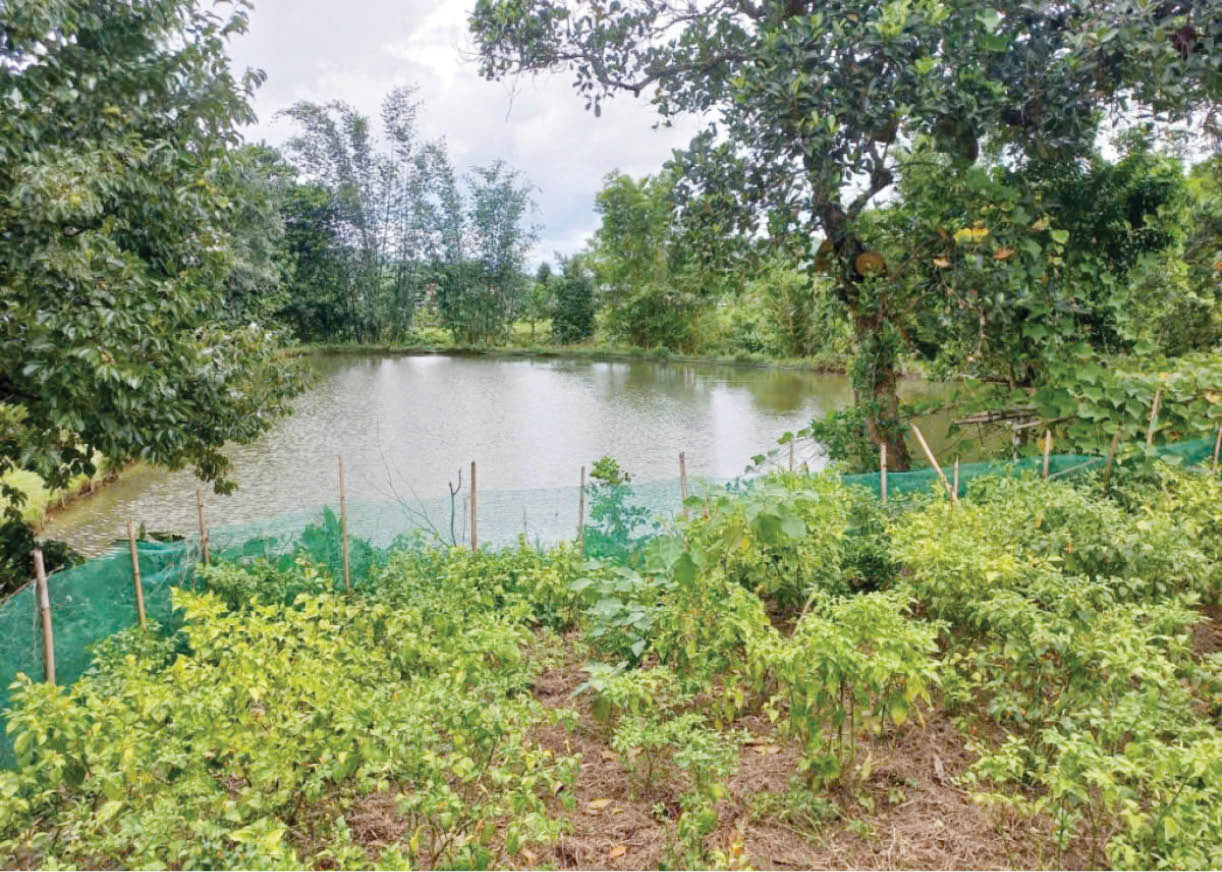
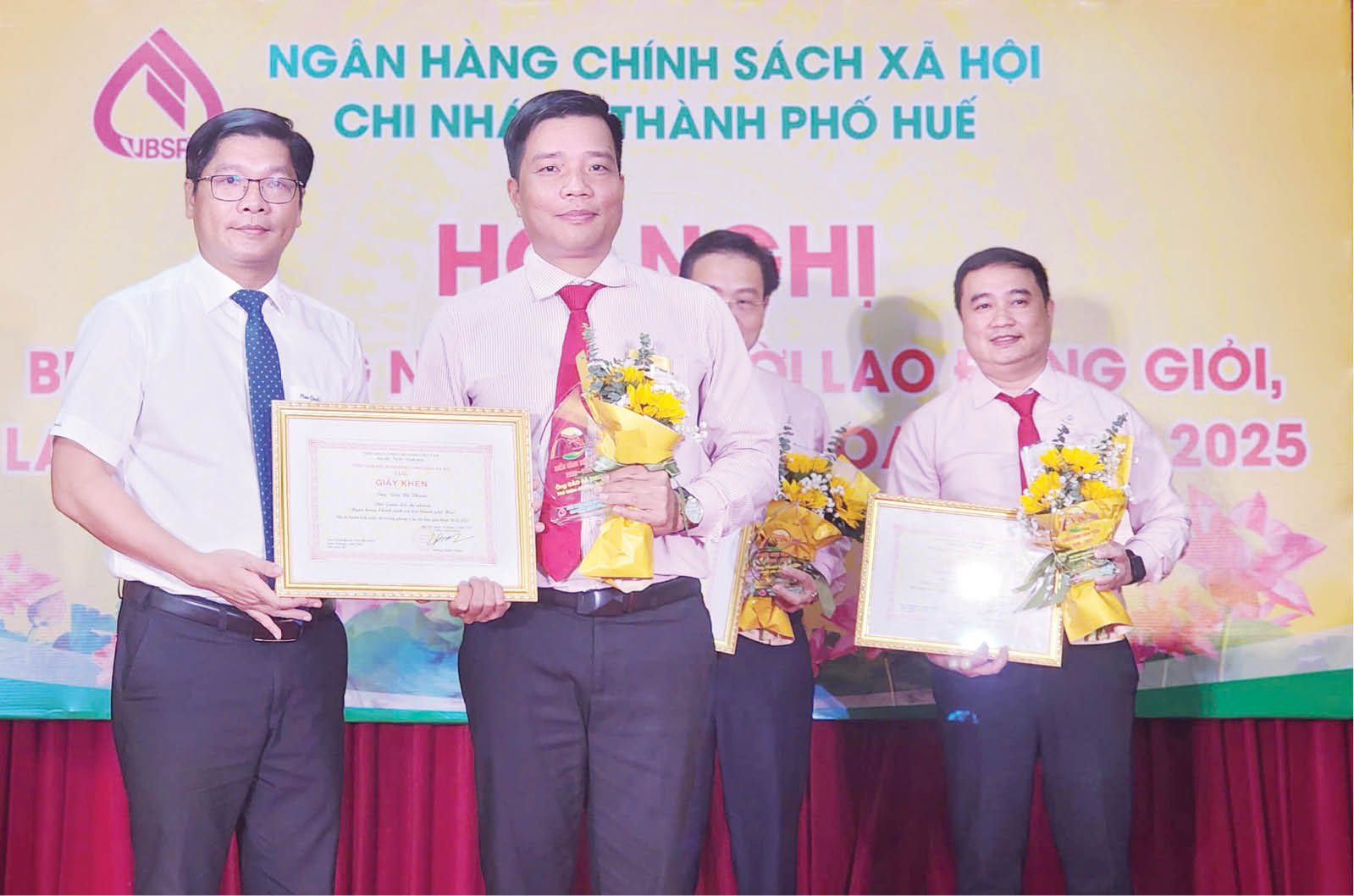

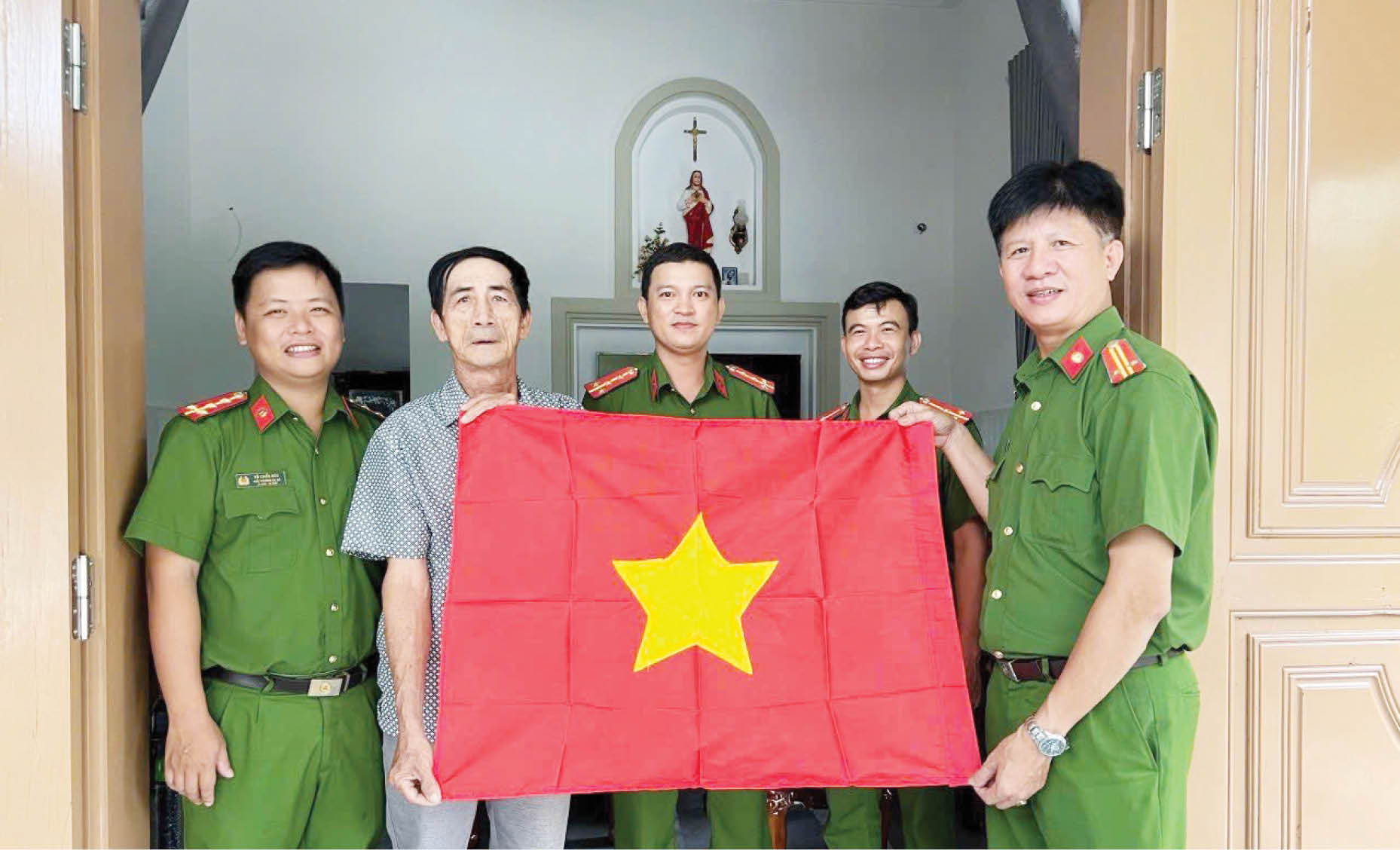
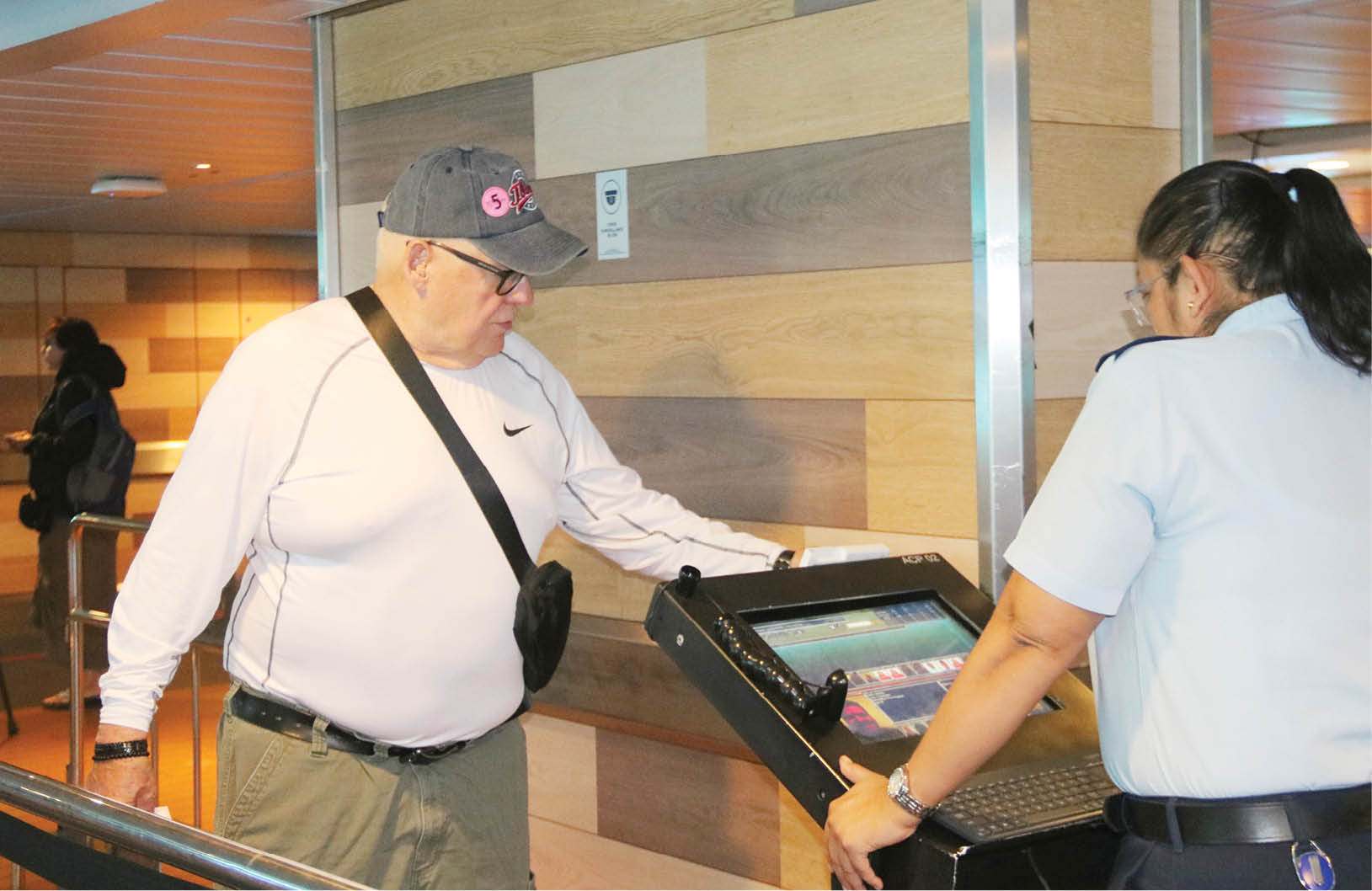




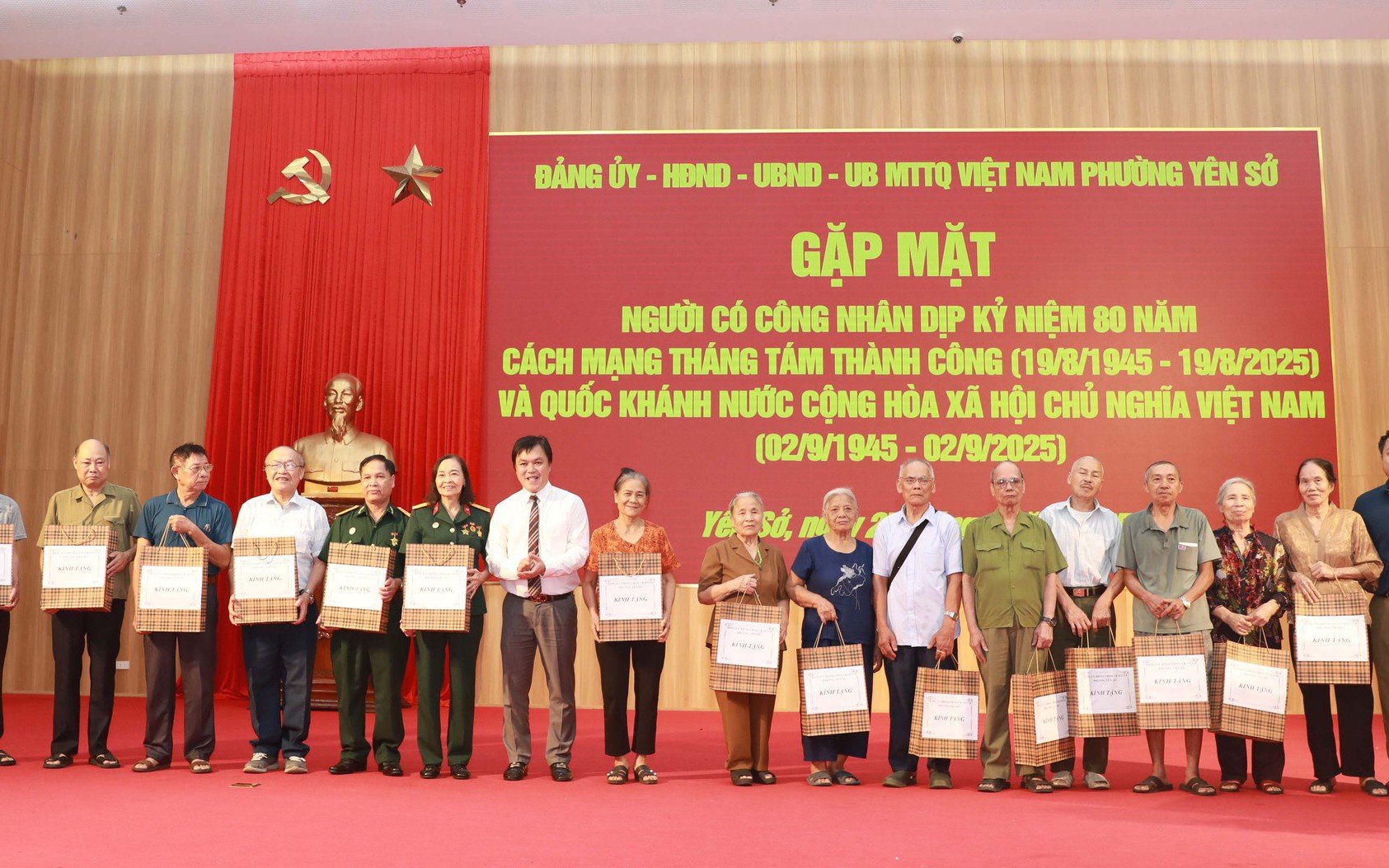
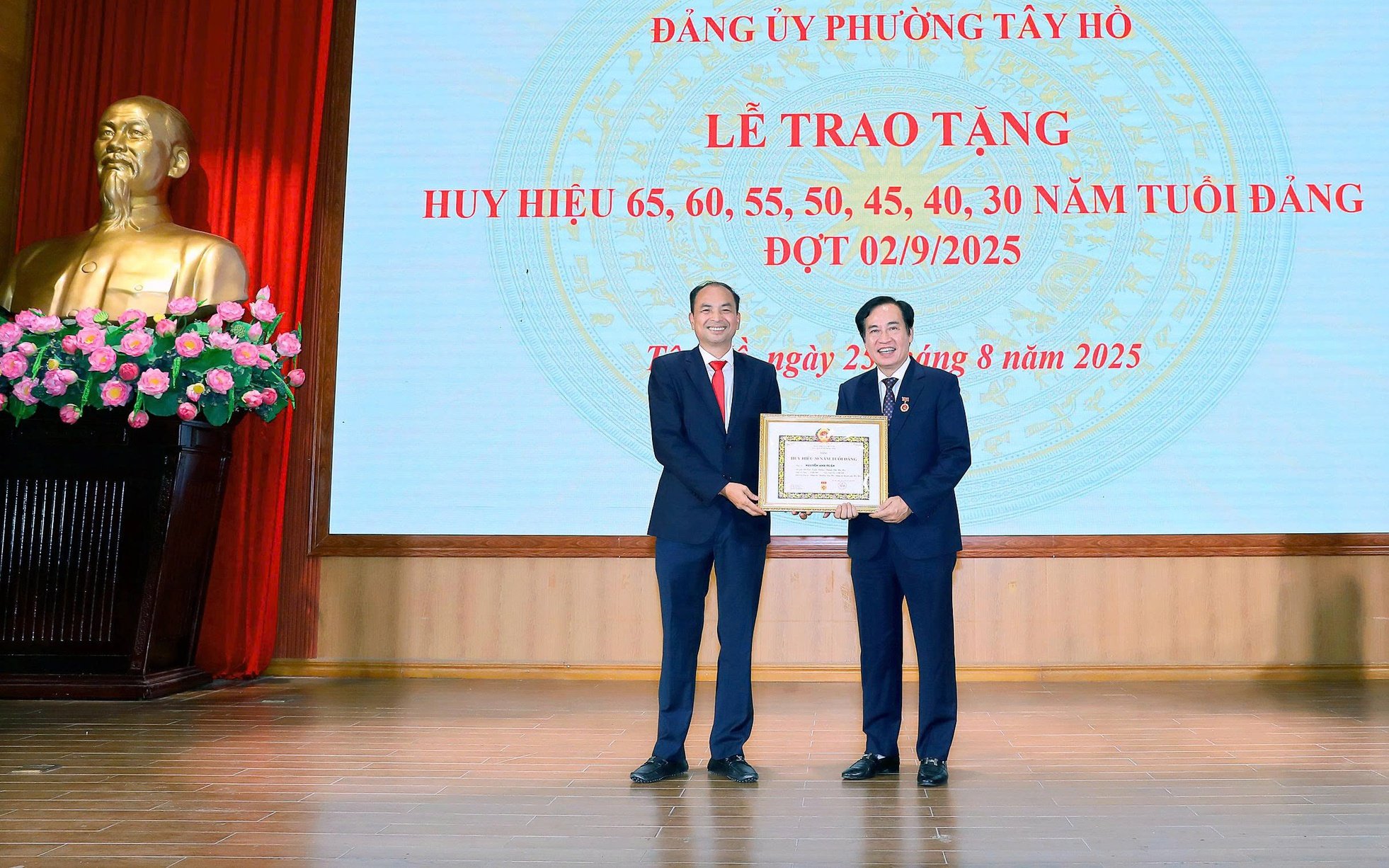
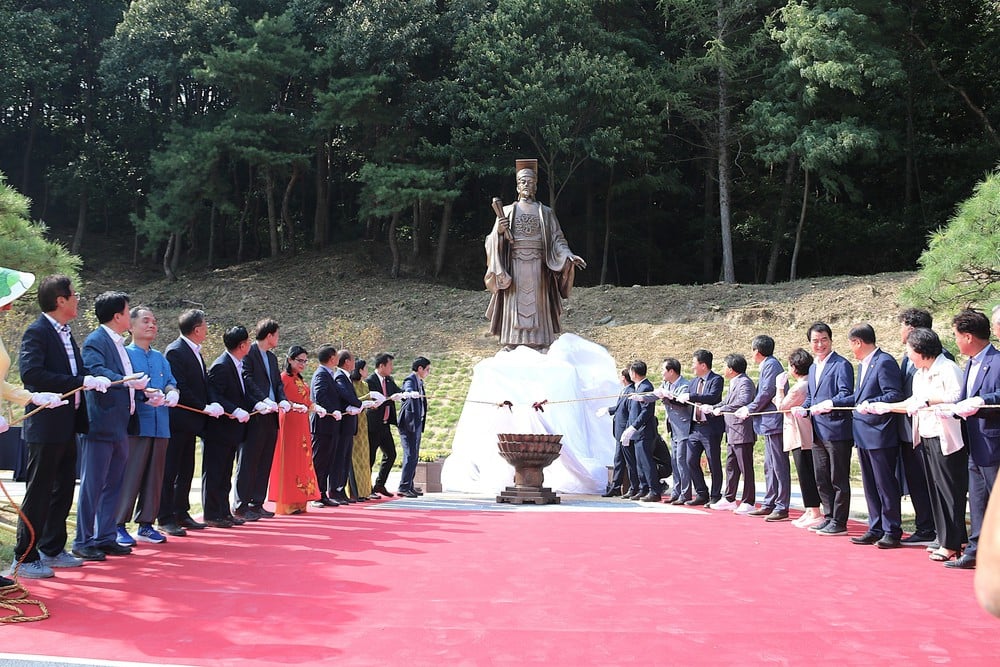

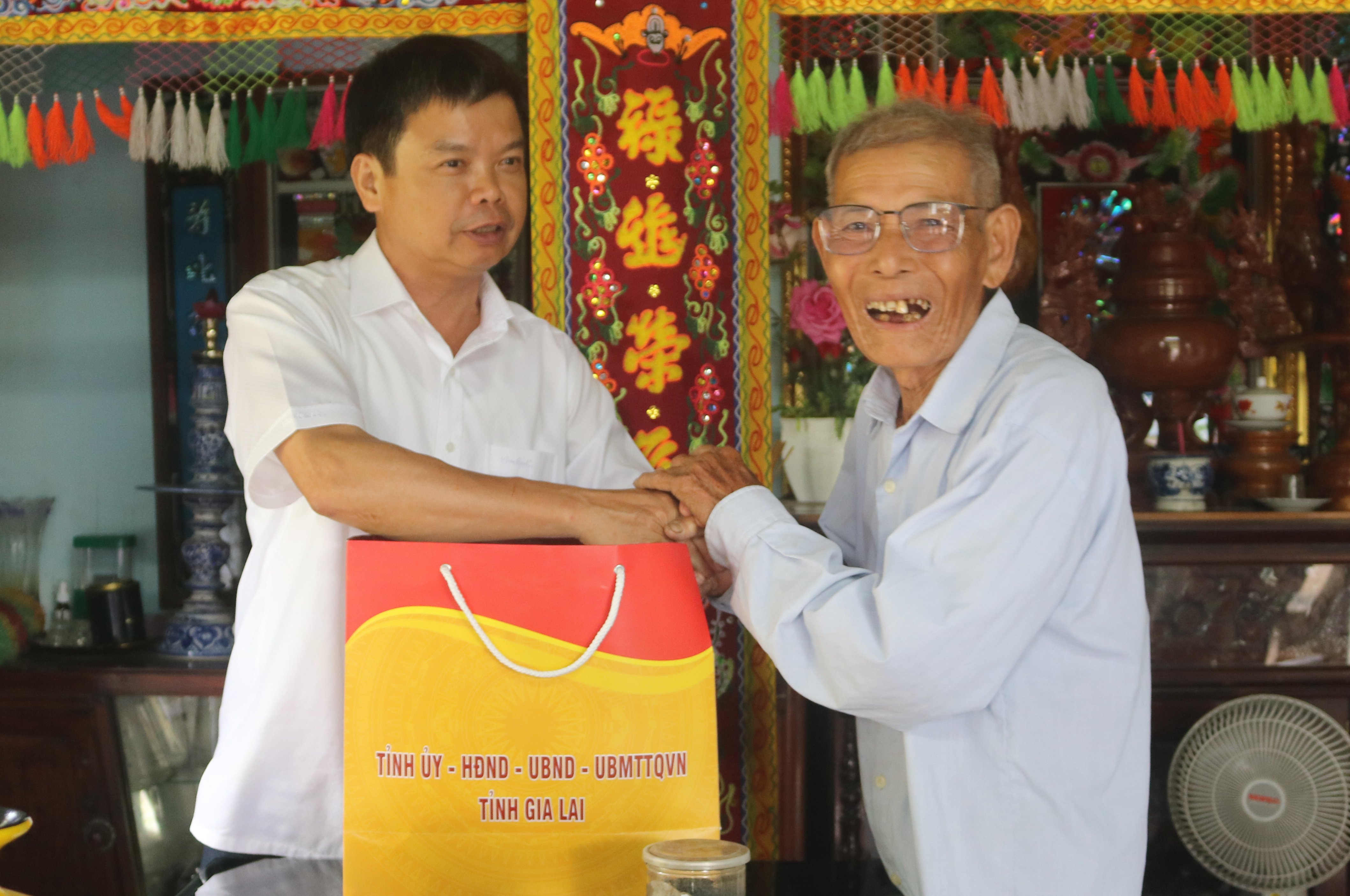
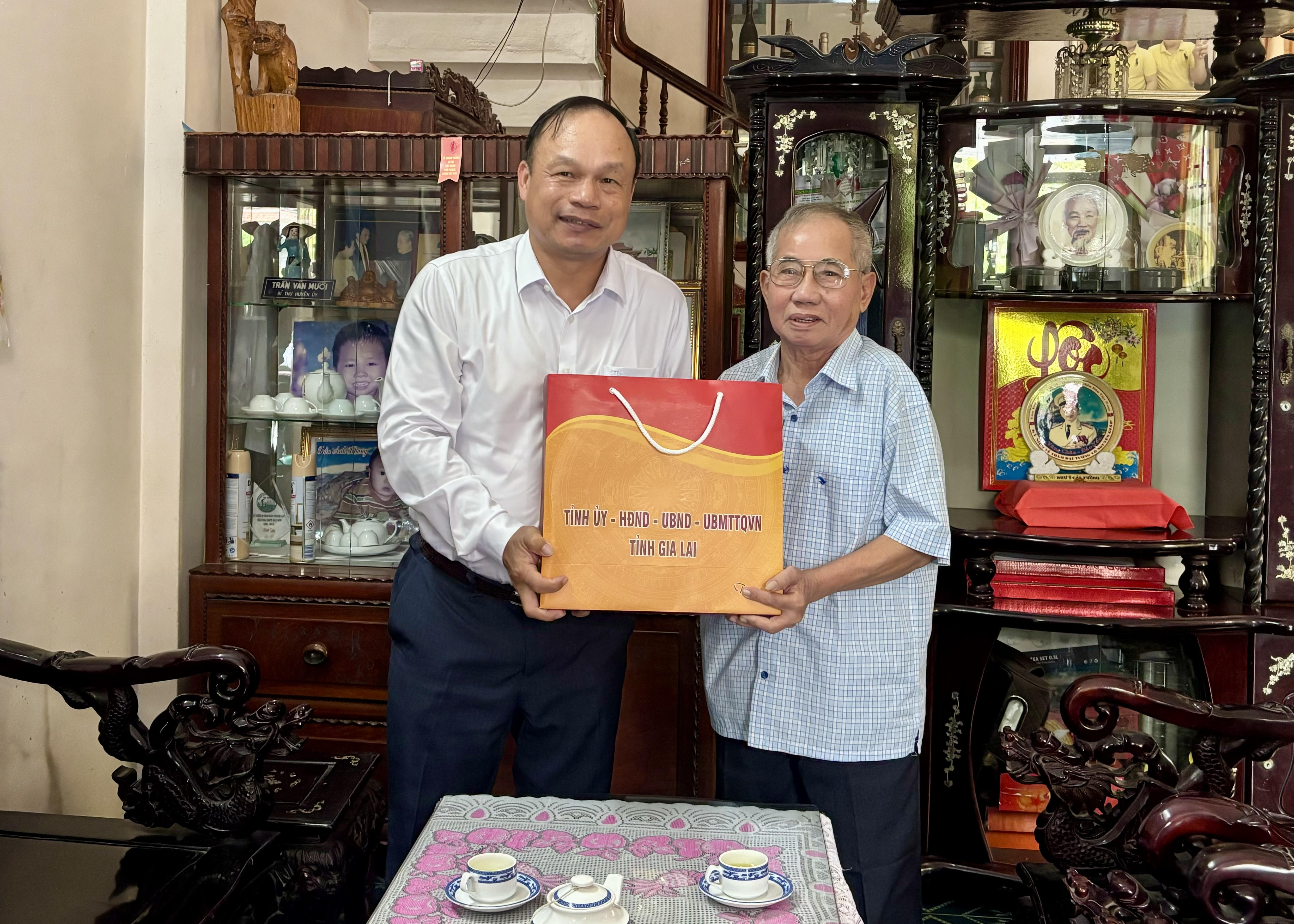


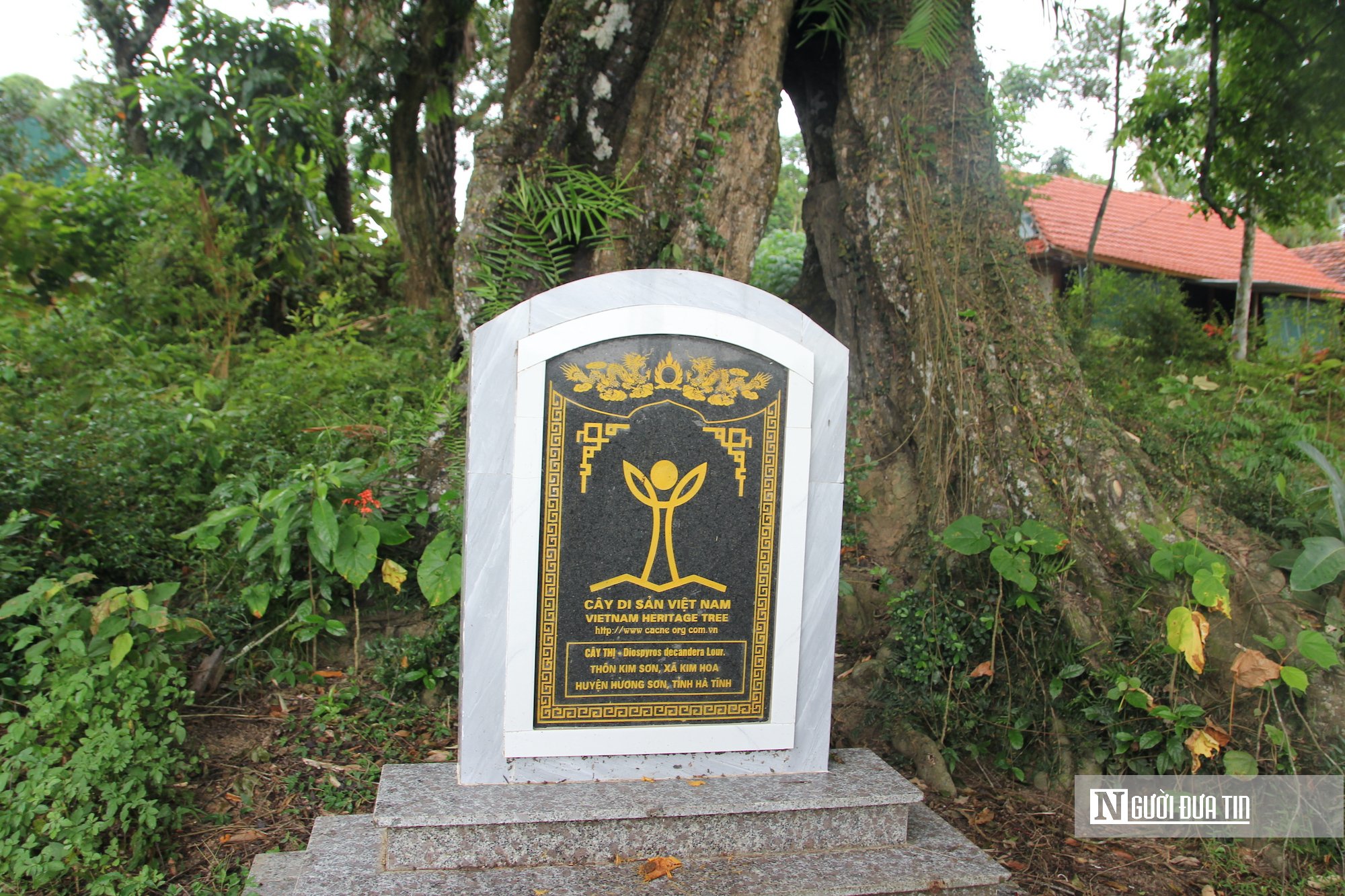
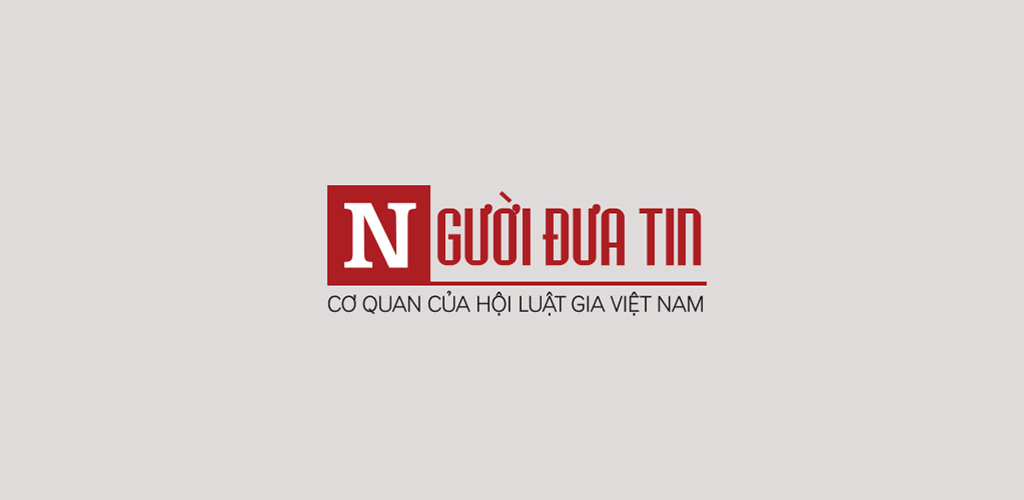


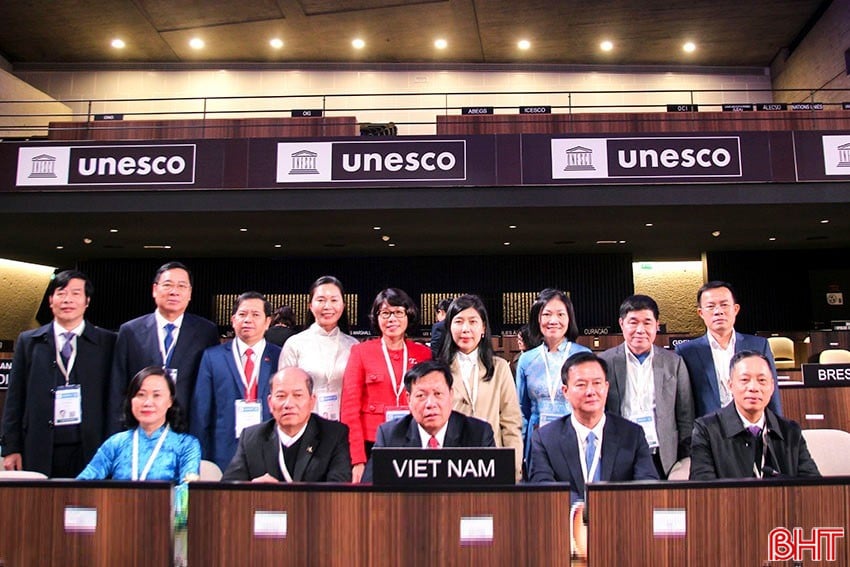

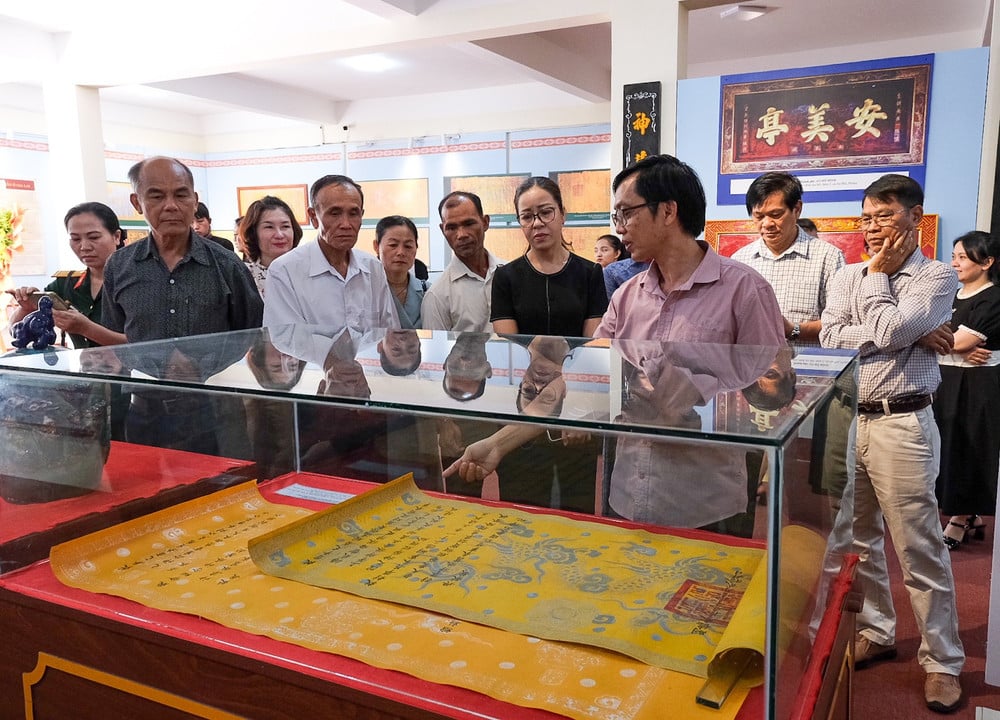

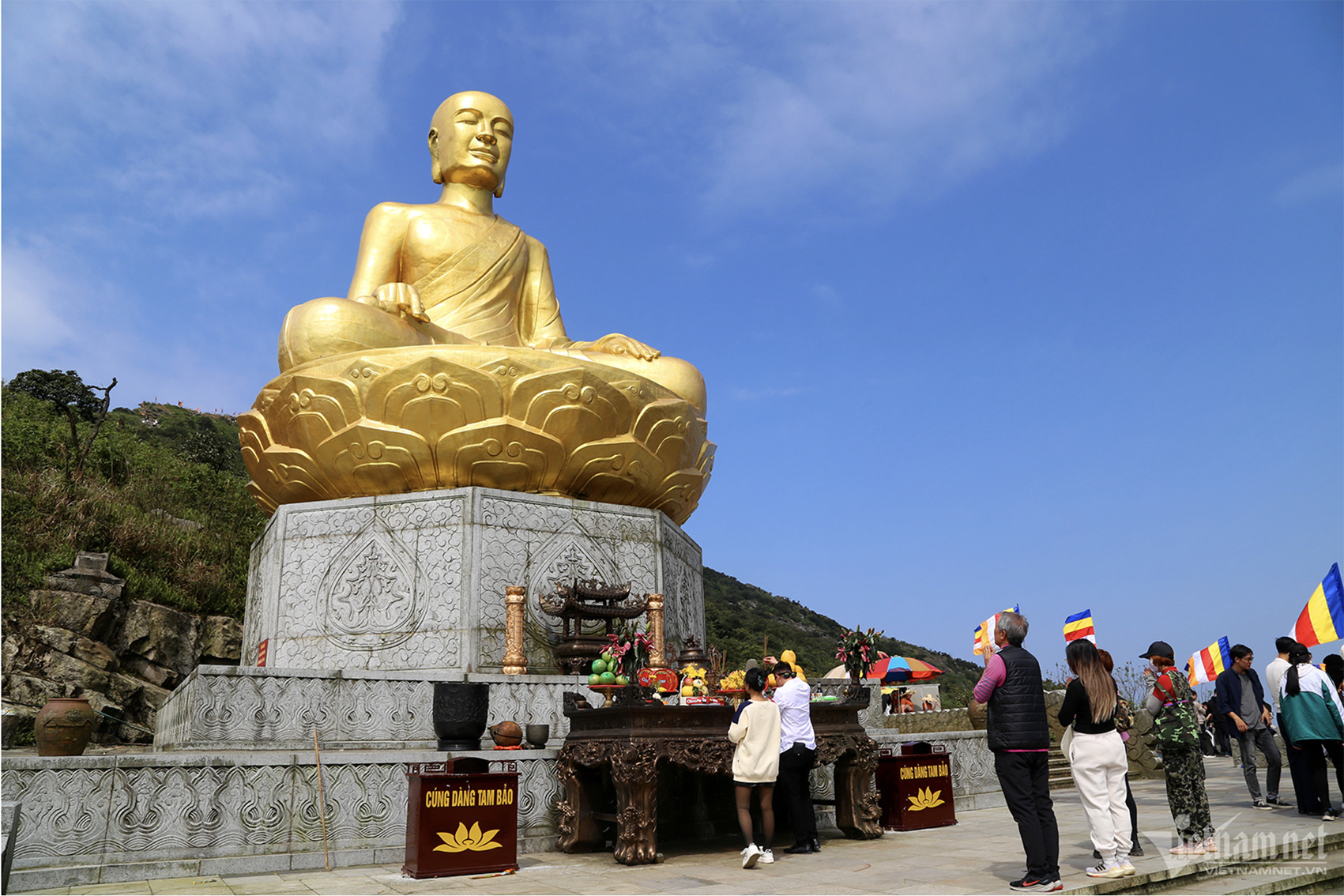

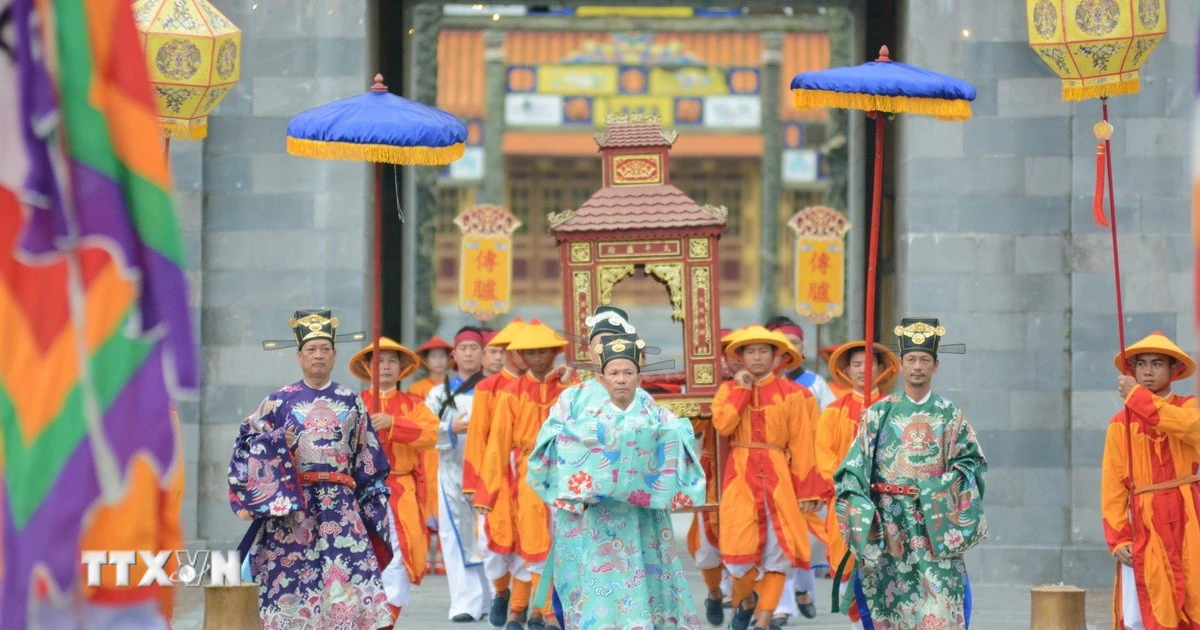



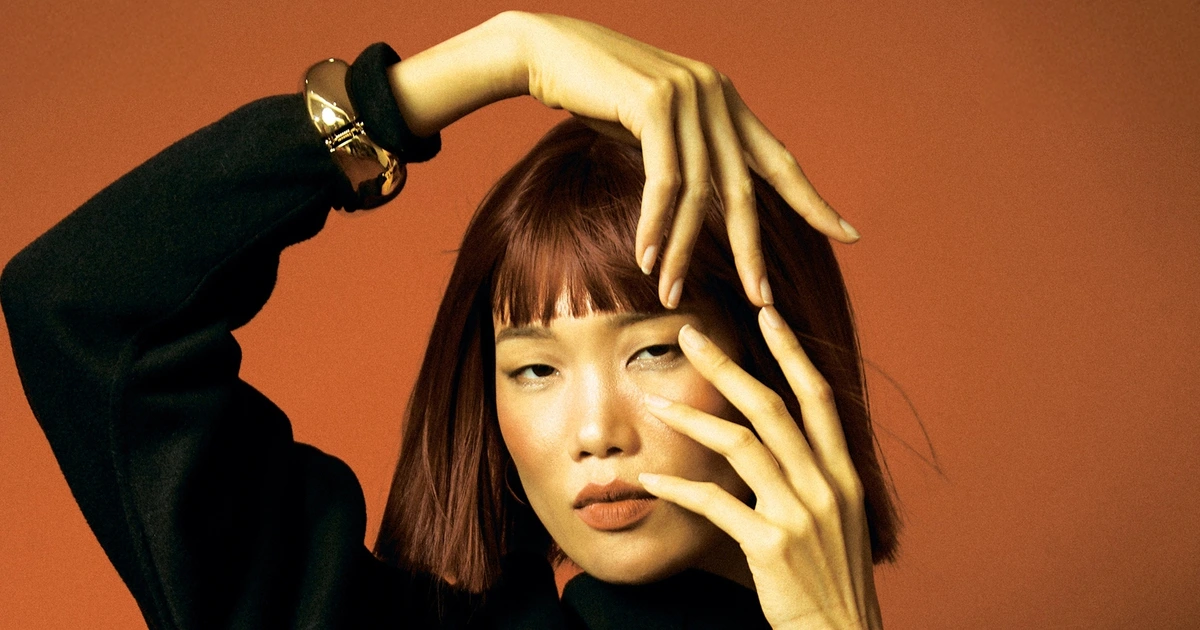
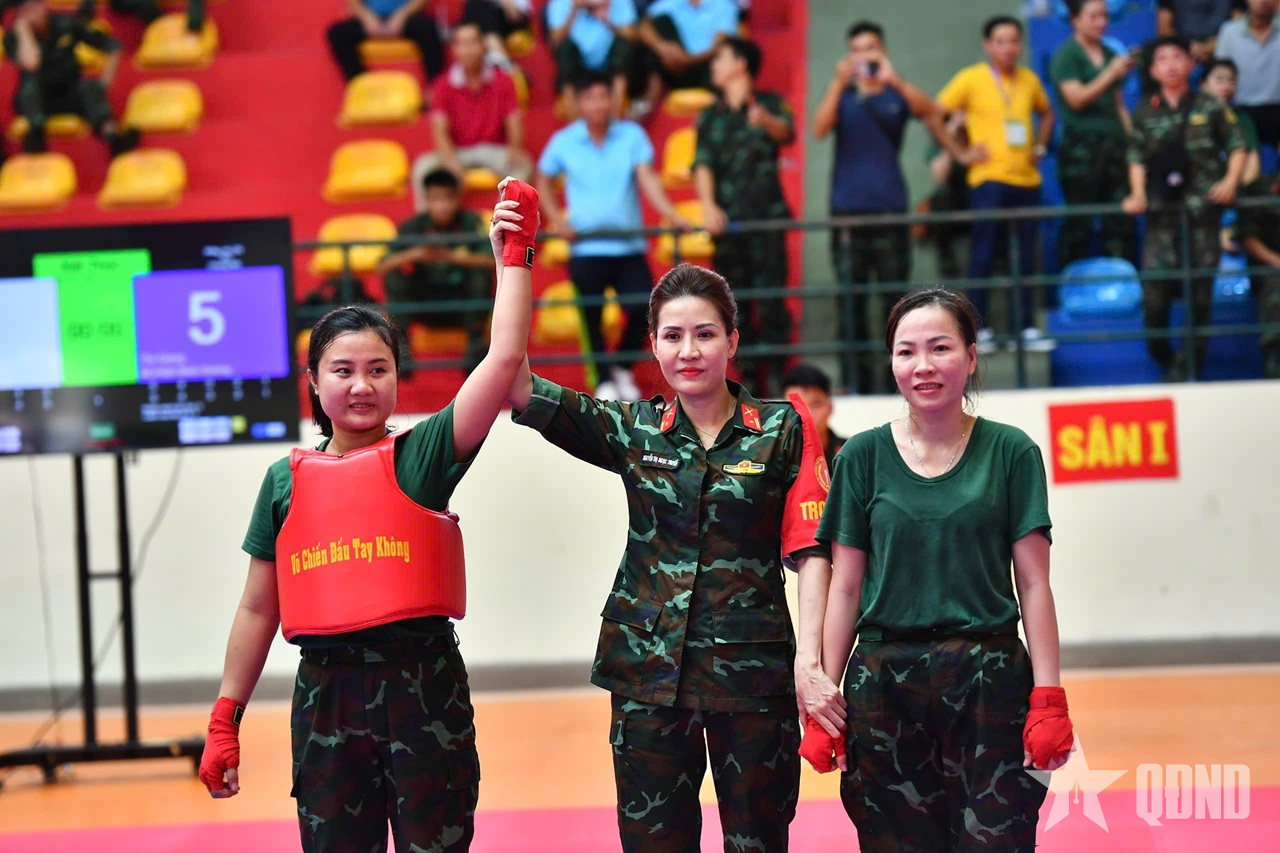

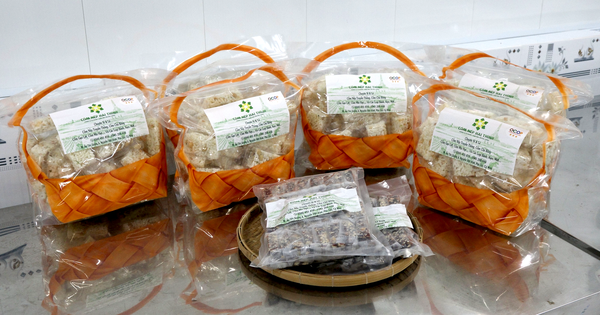

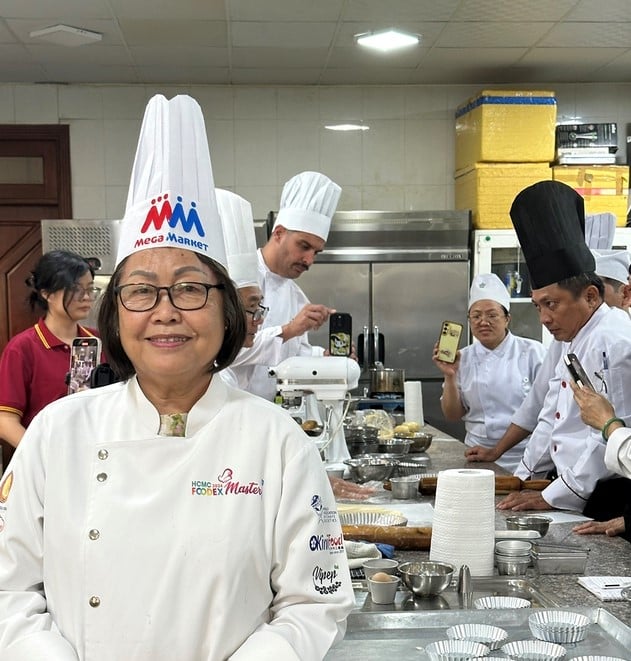
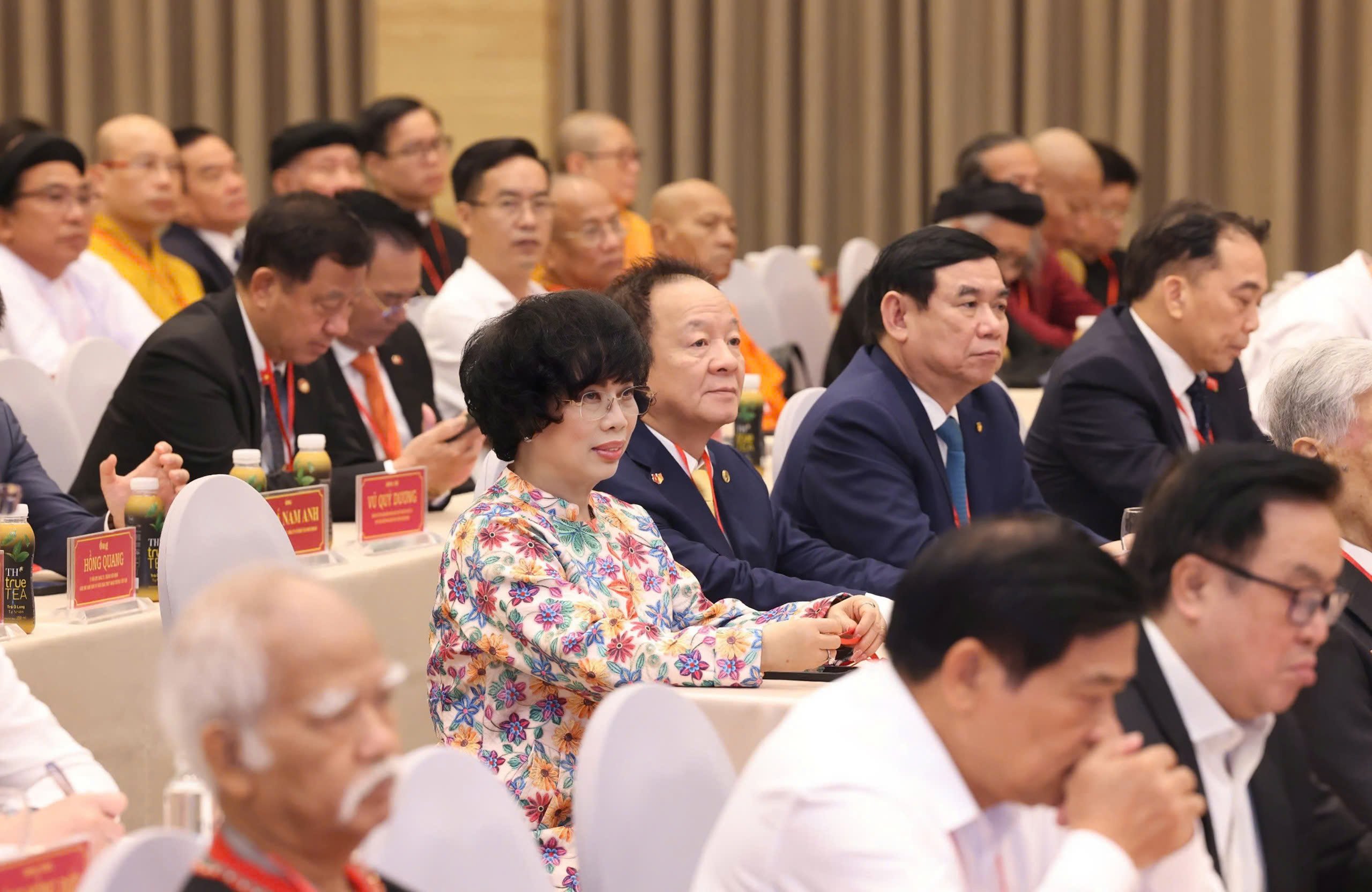
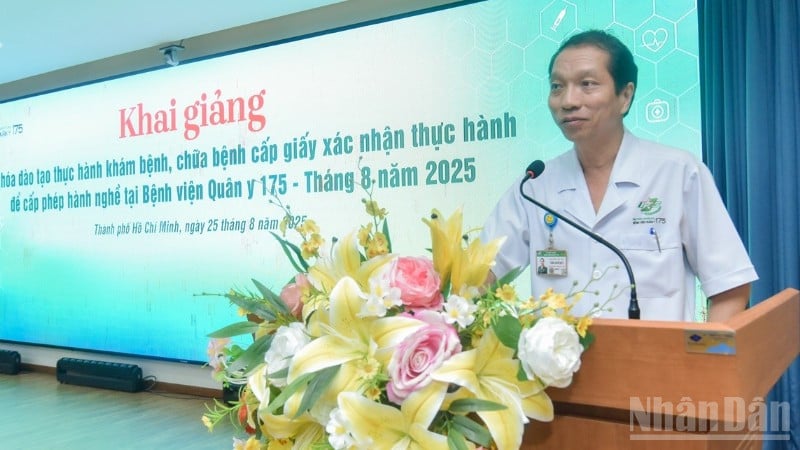

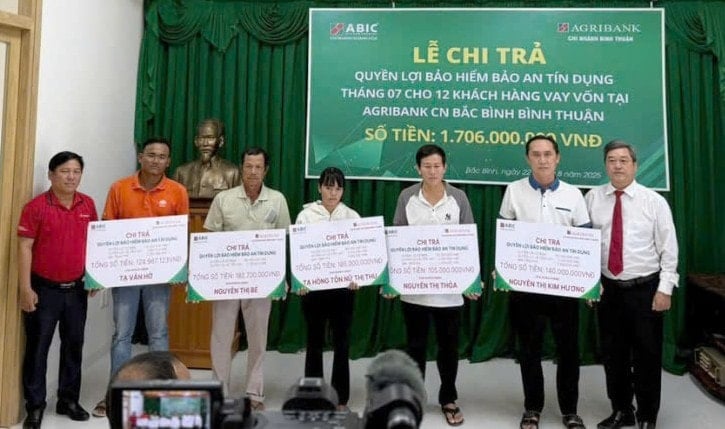



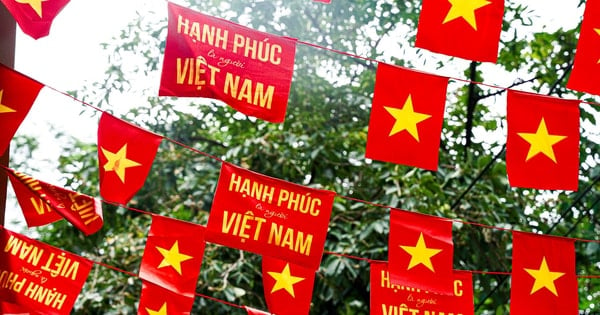

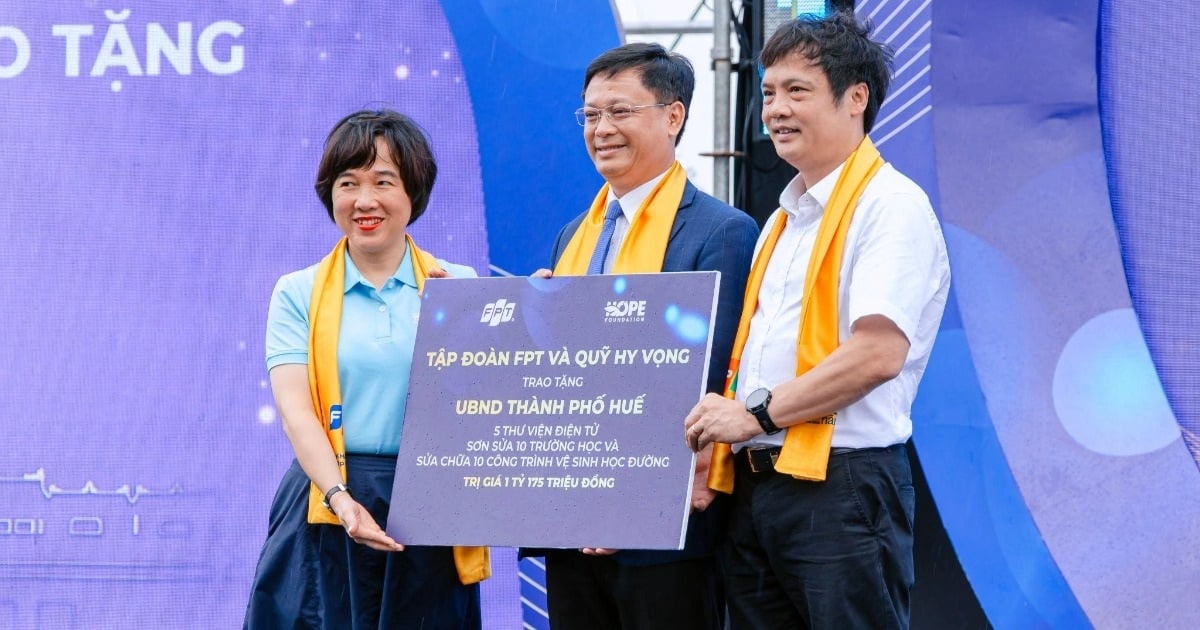

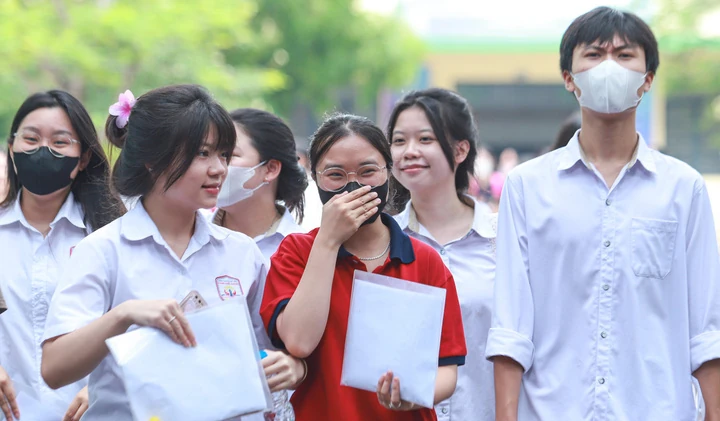


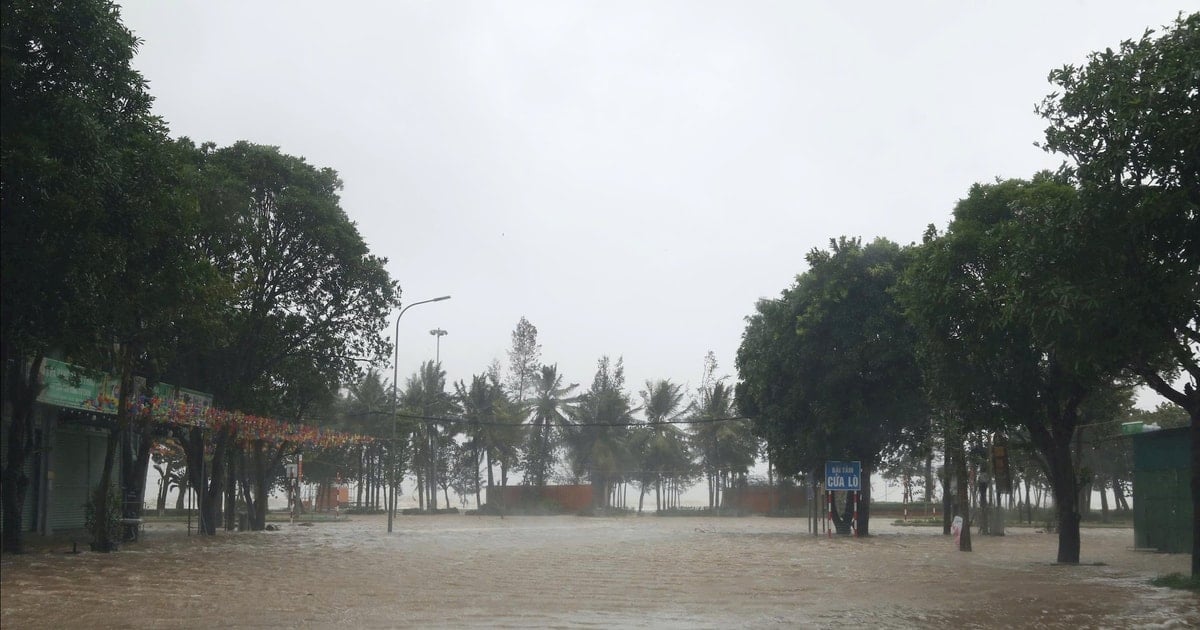

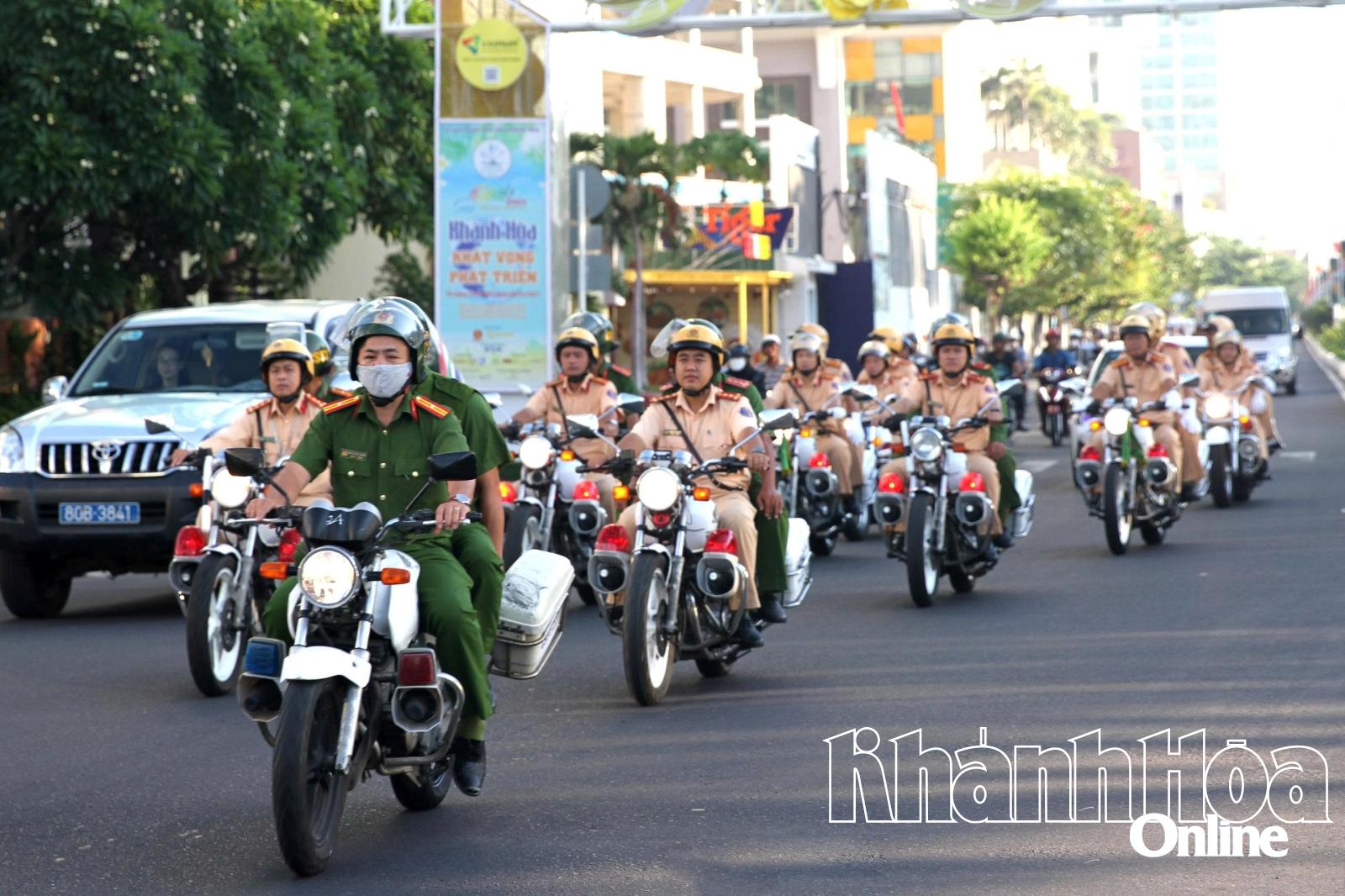

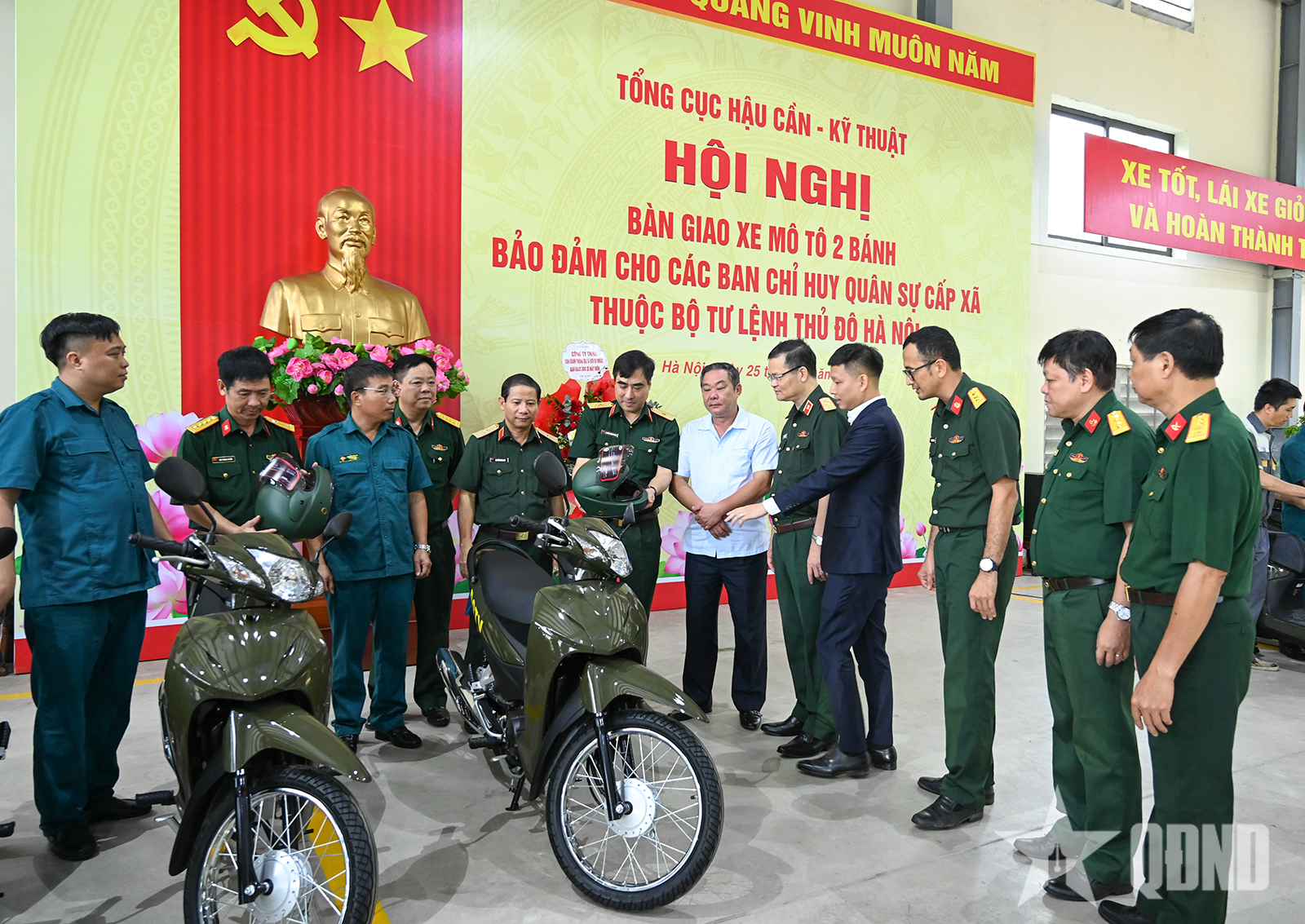
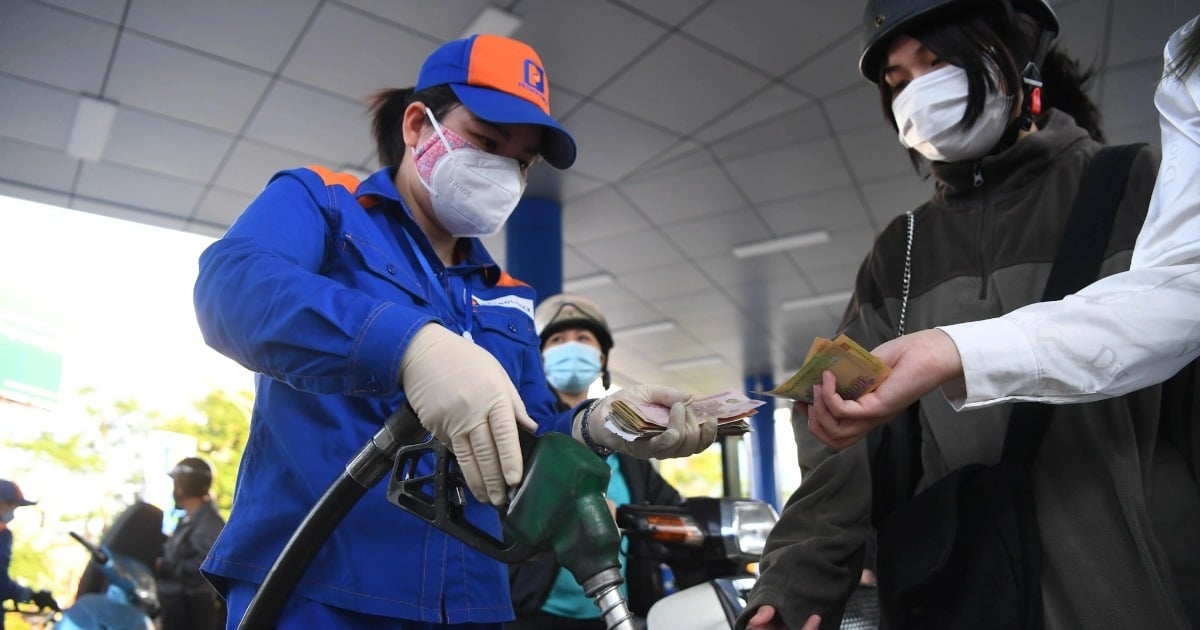
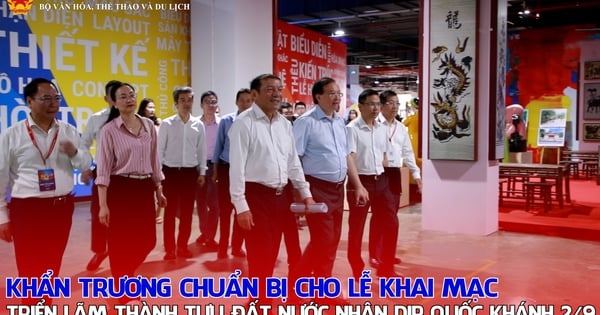


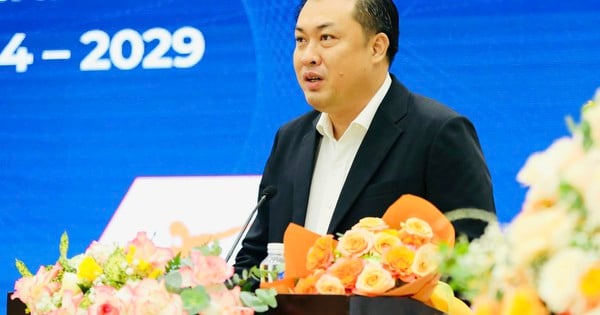
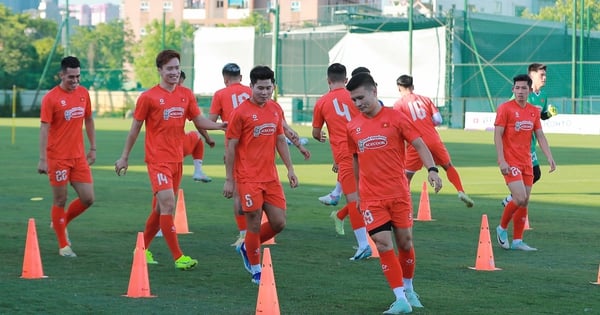
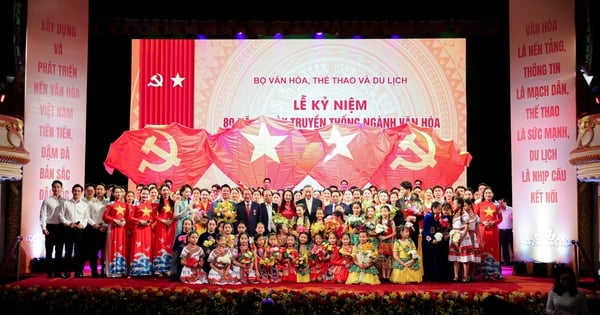
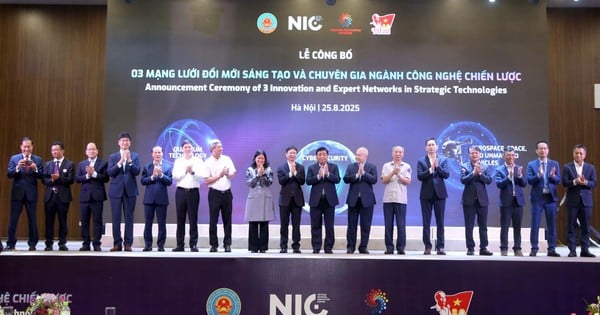

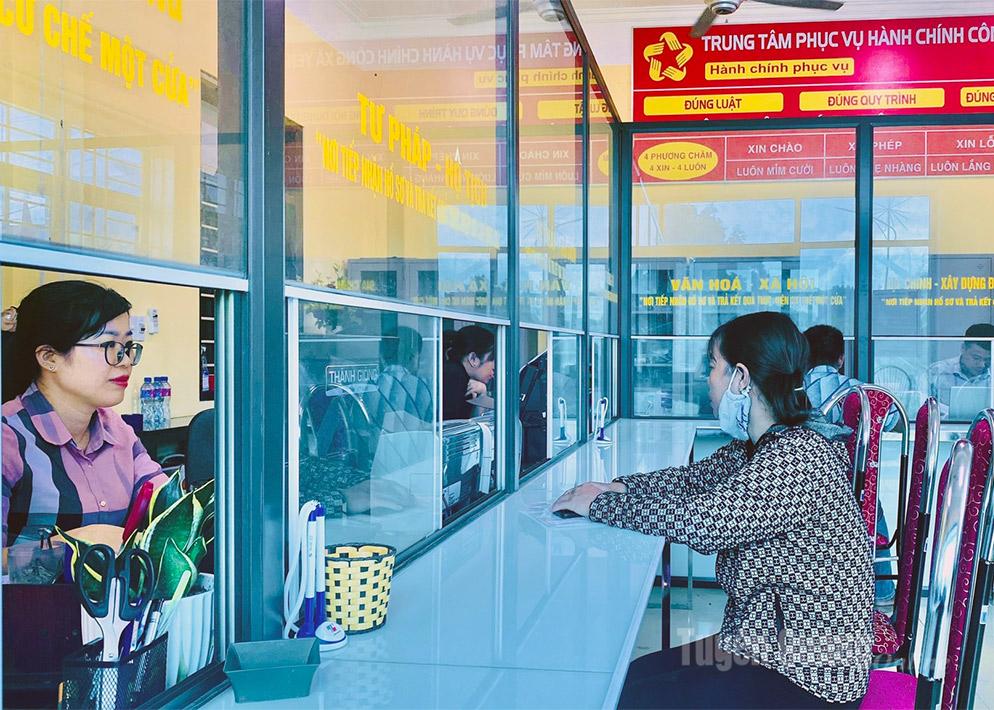

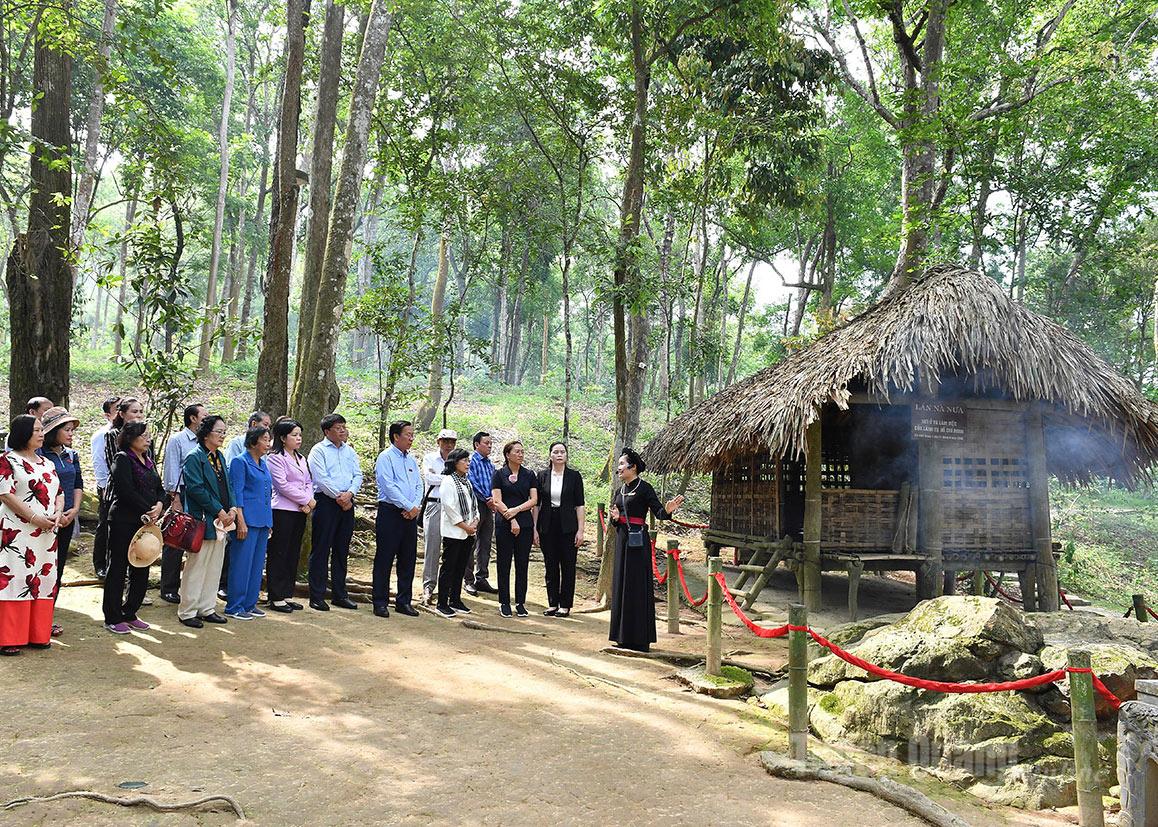
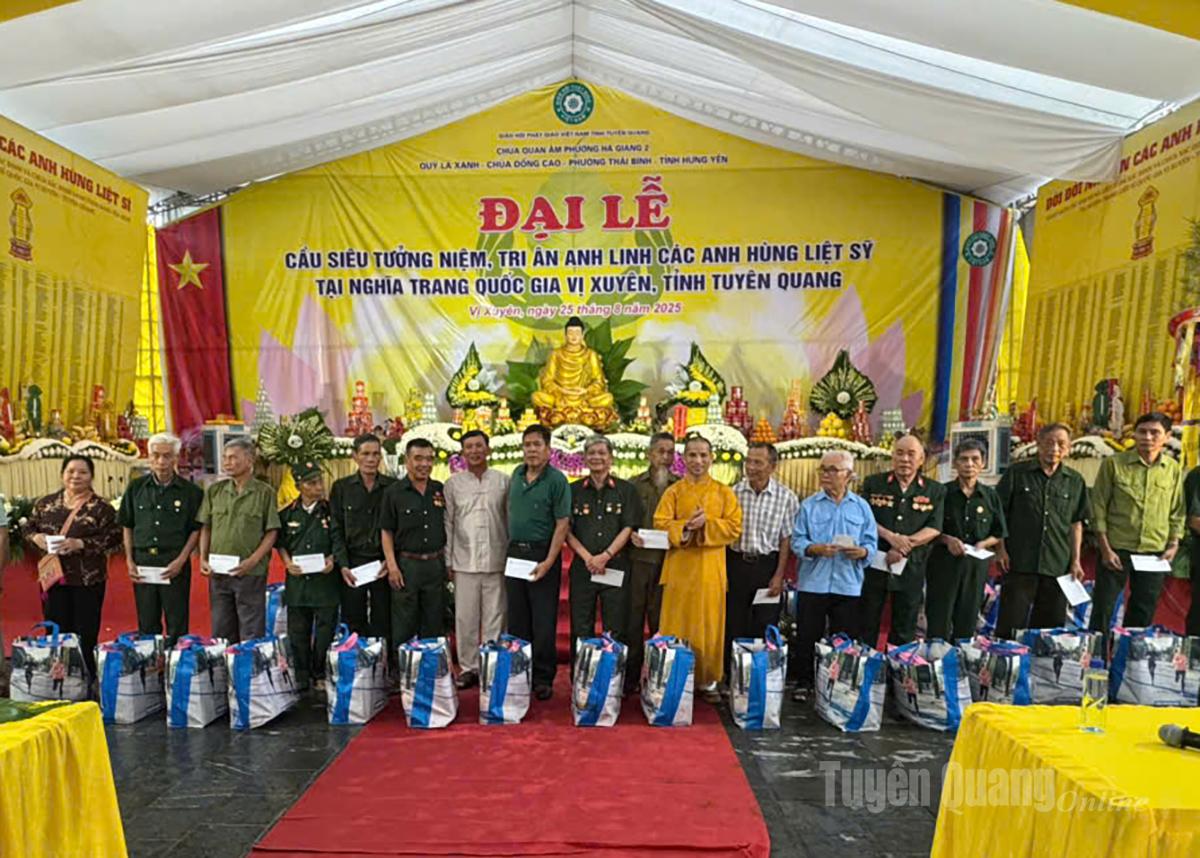
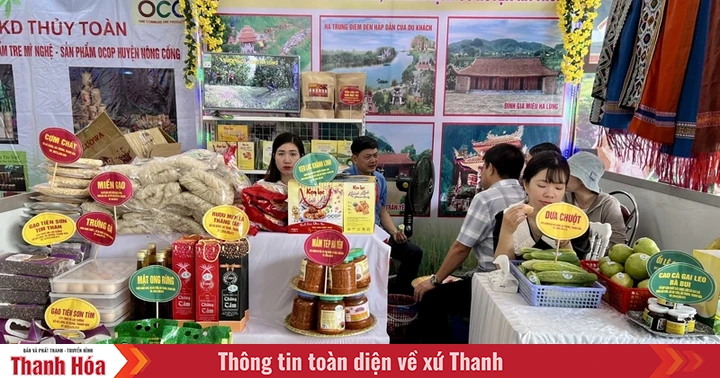

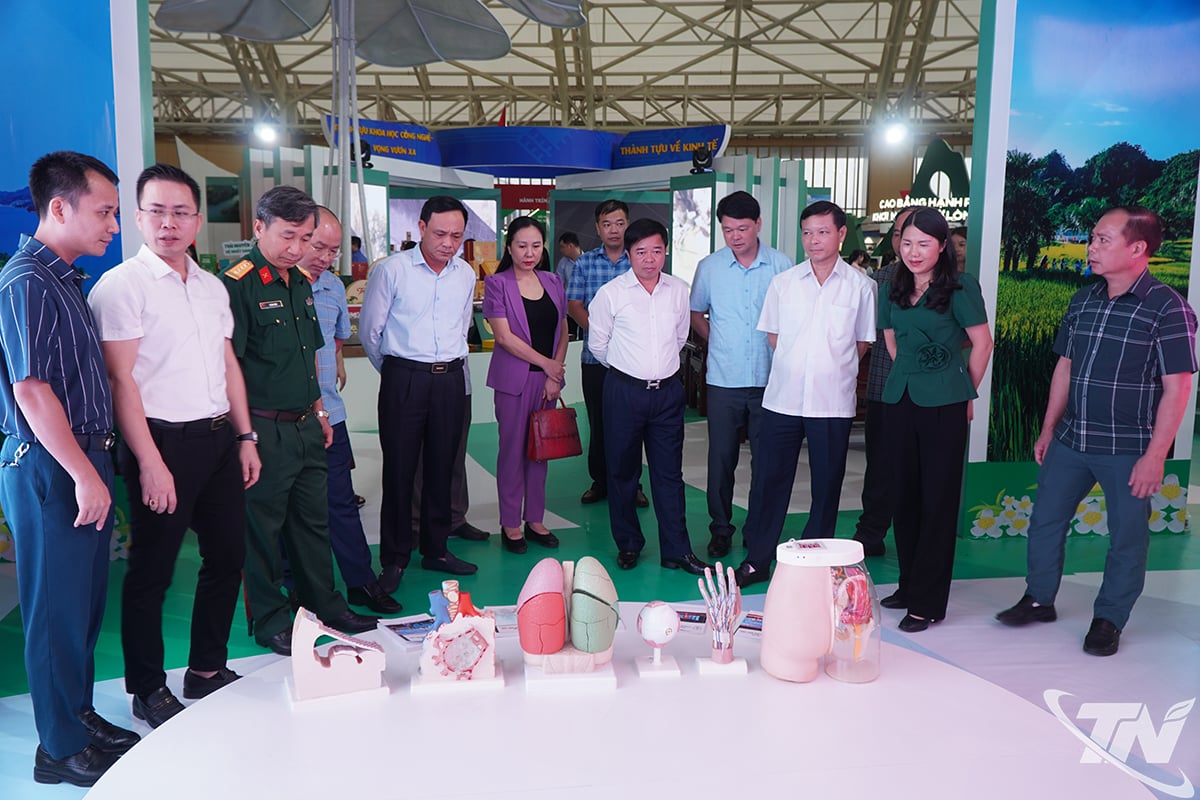

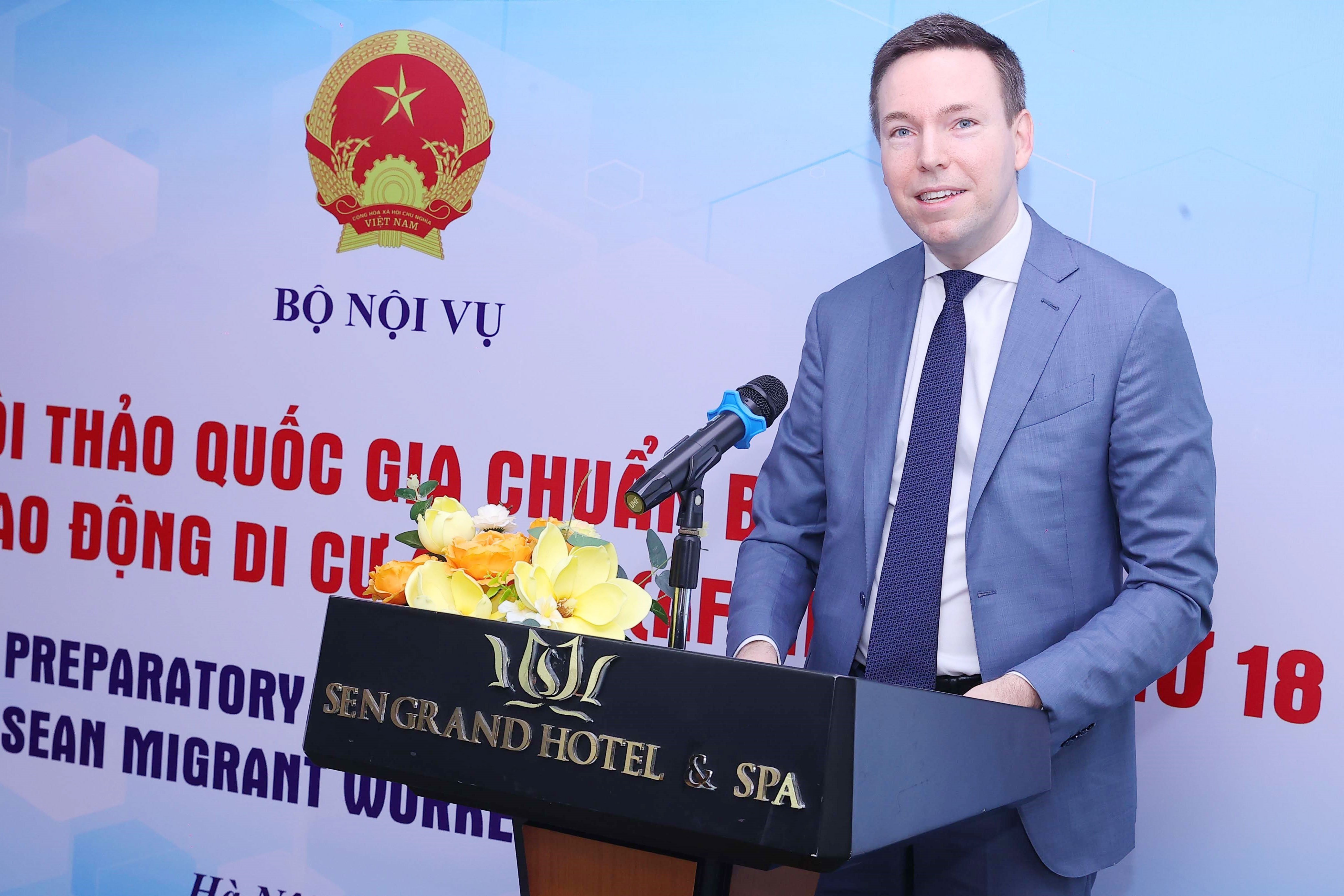




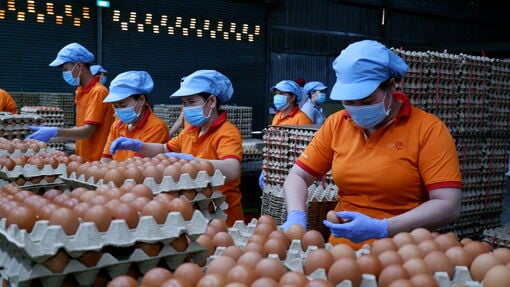

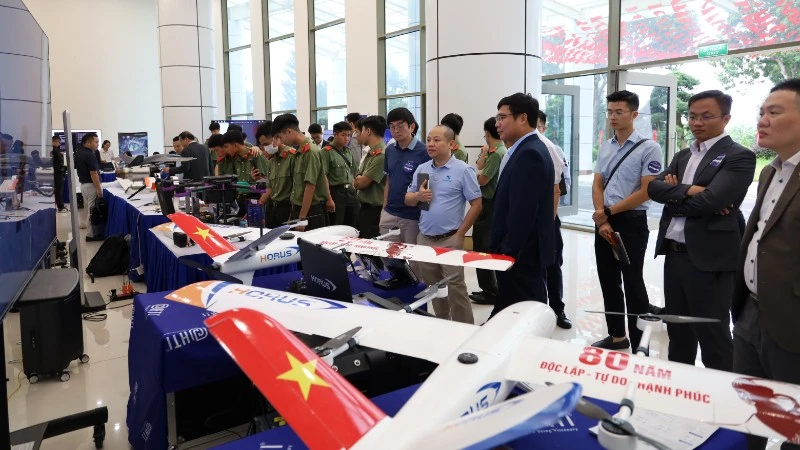
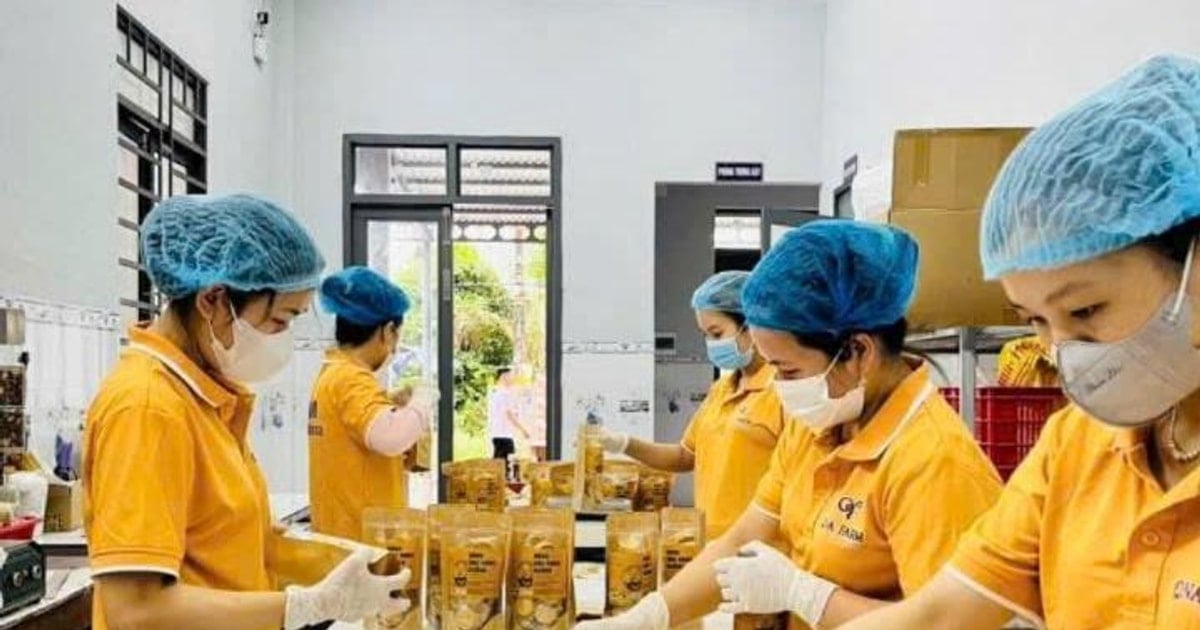

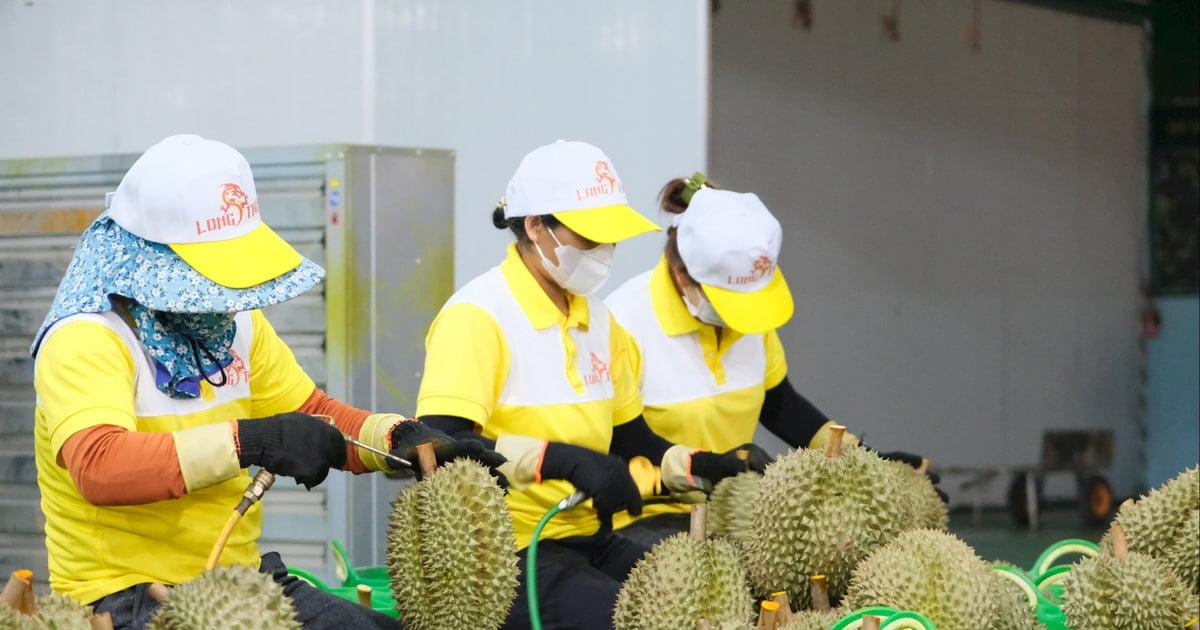






Comment (0)